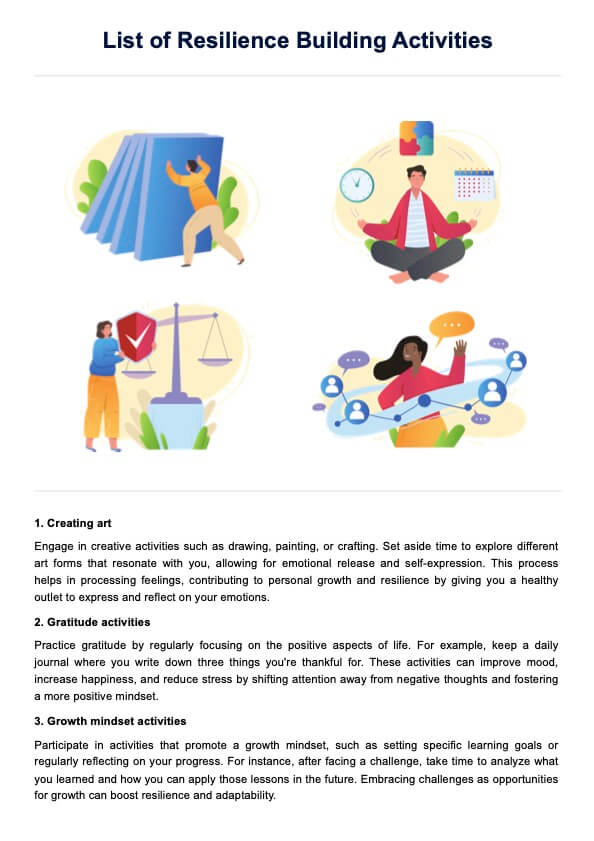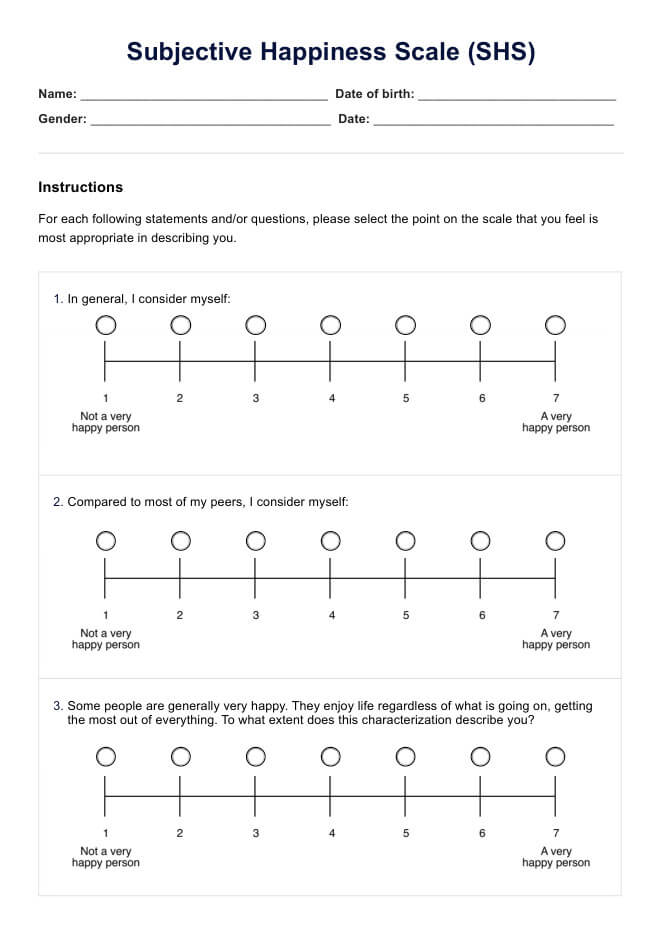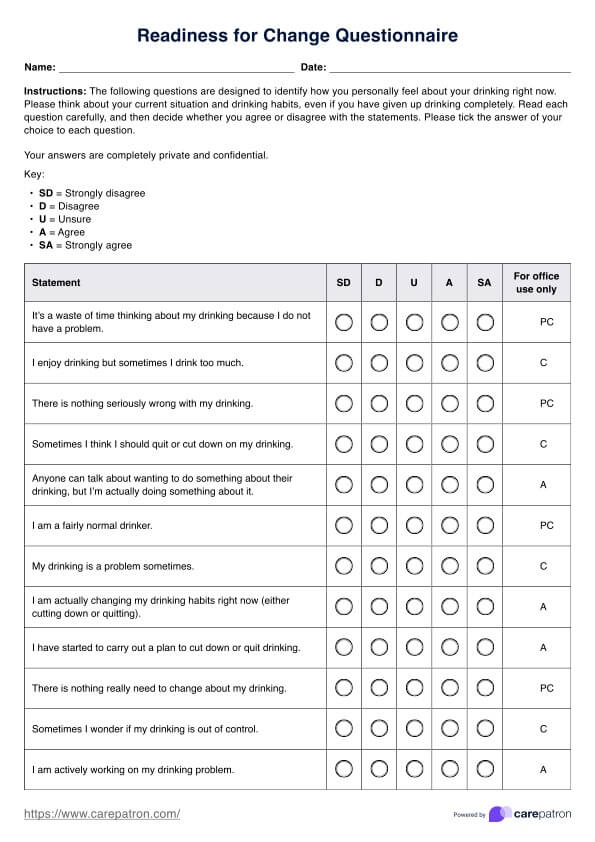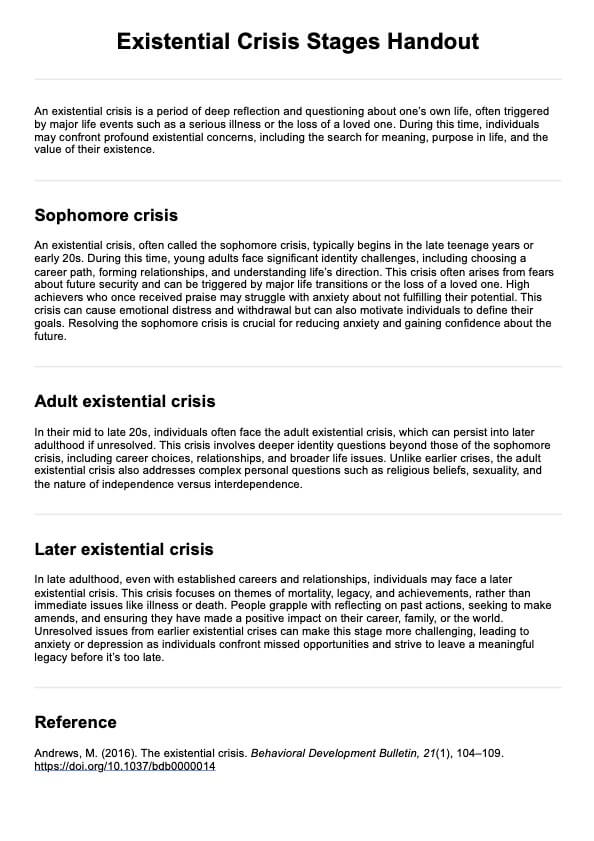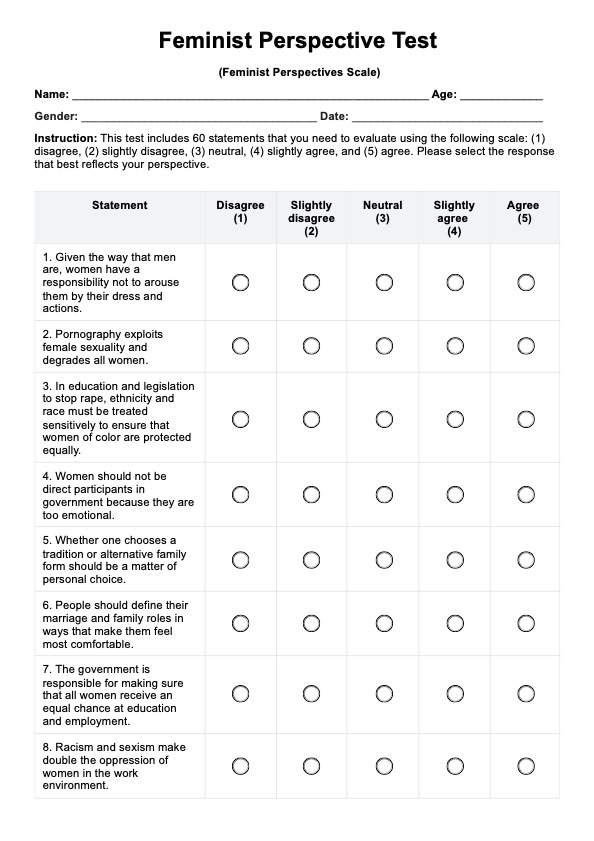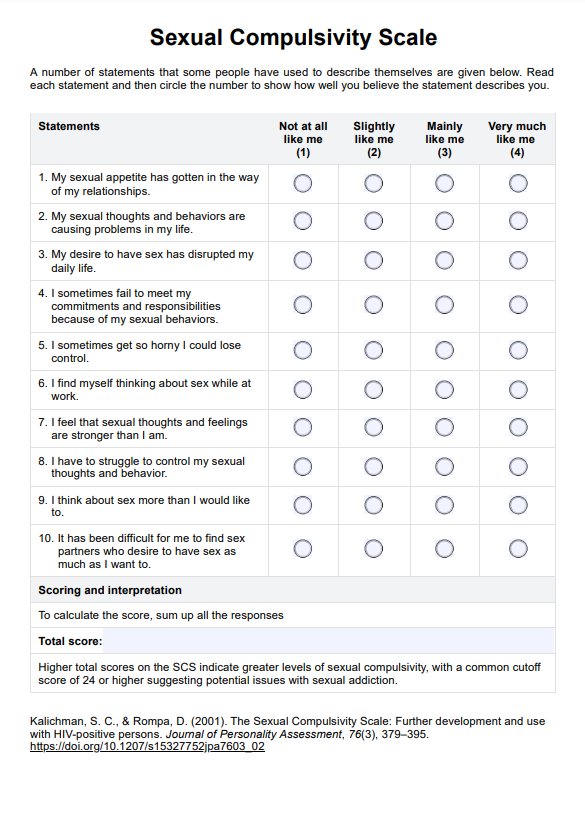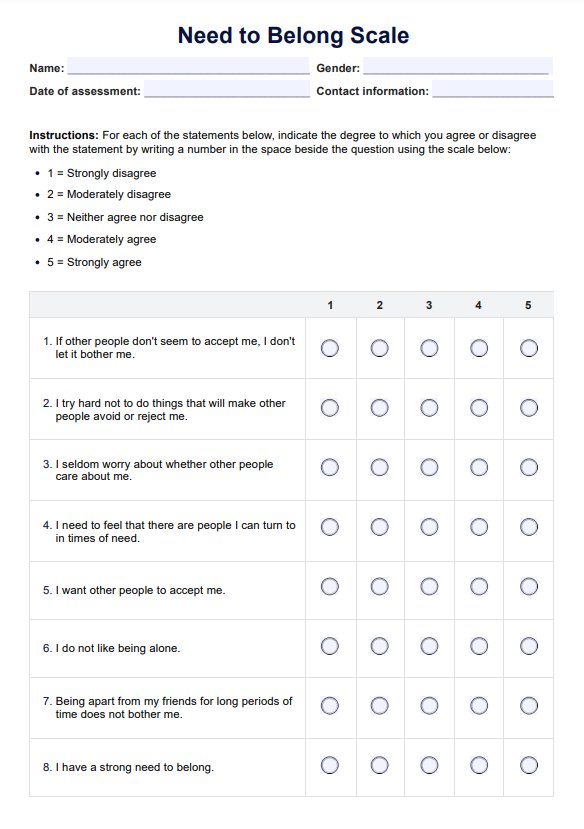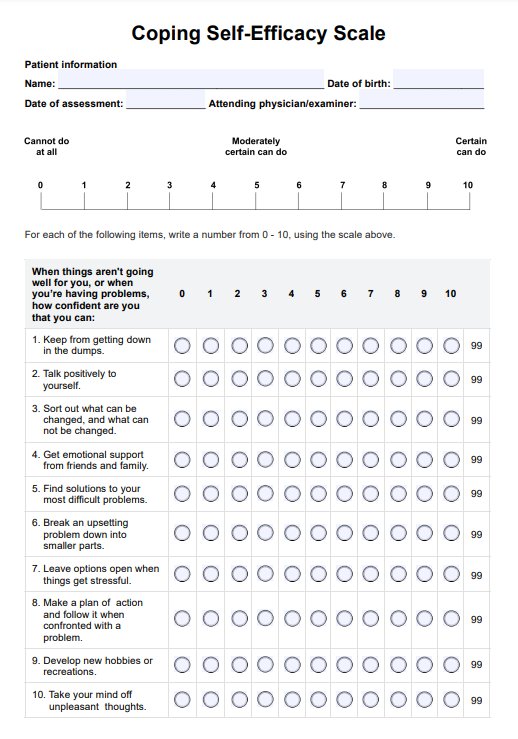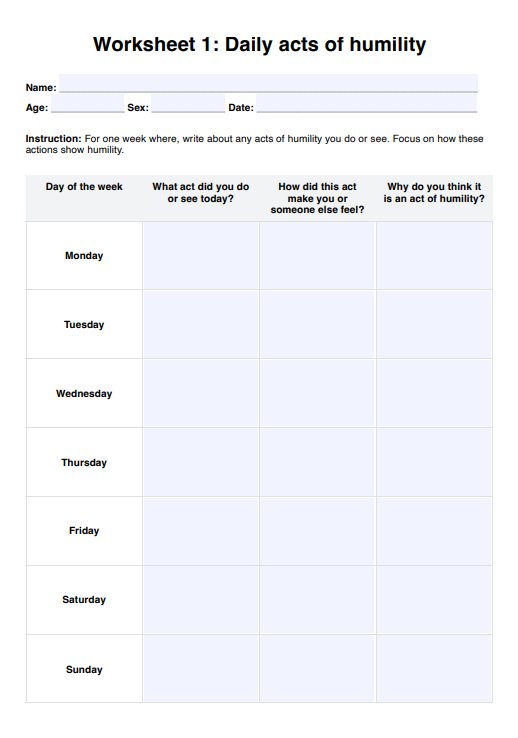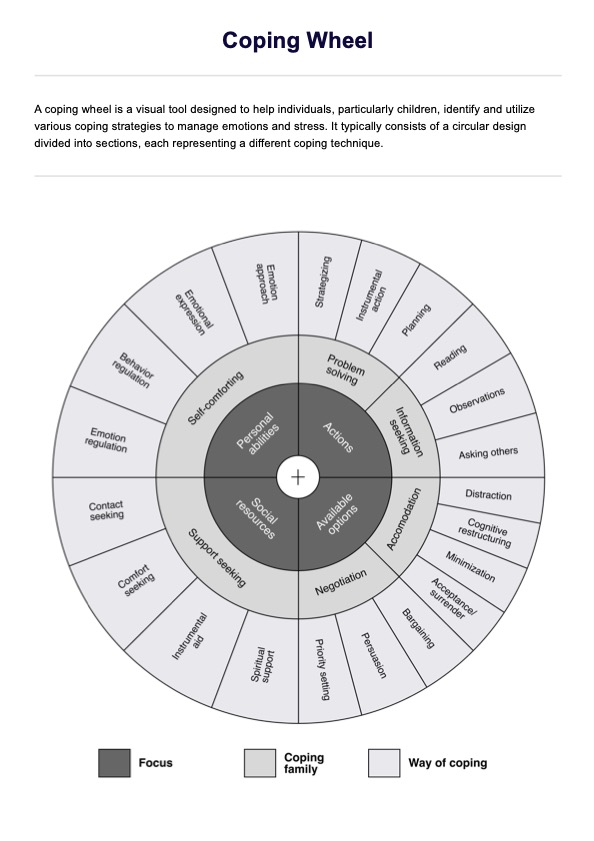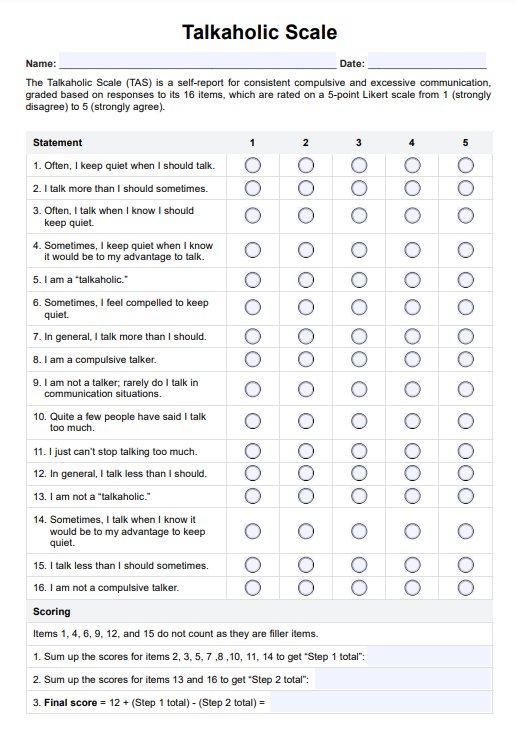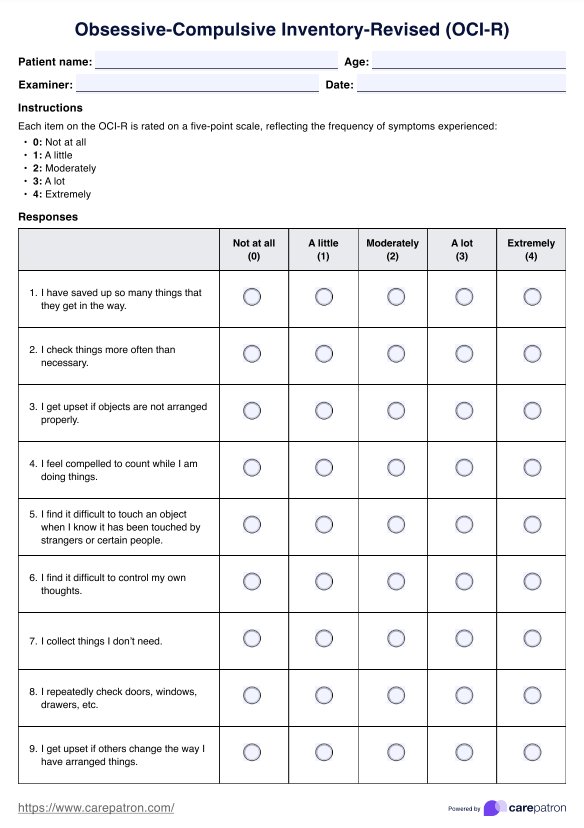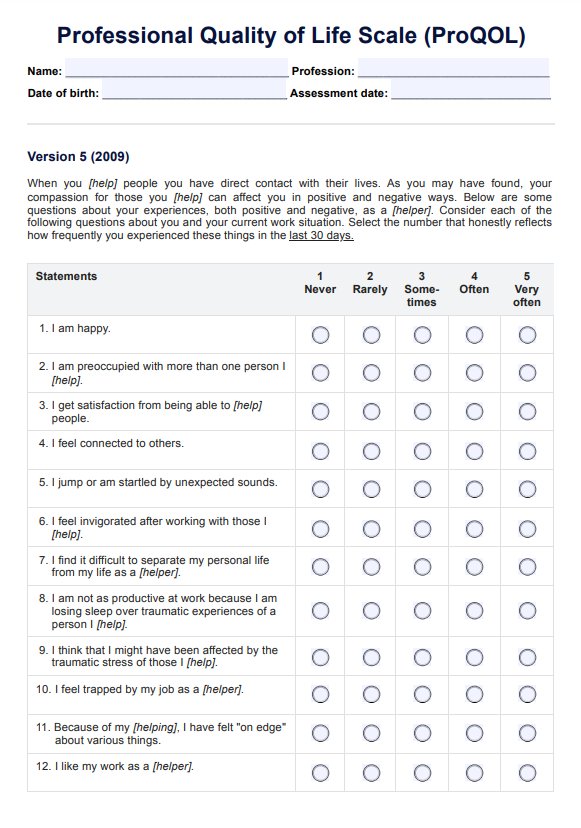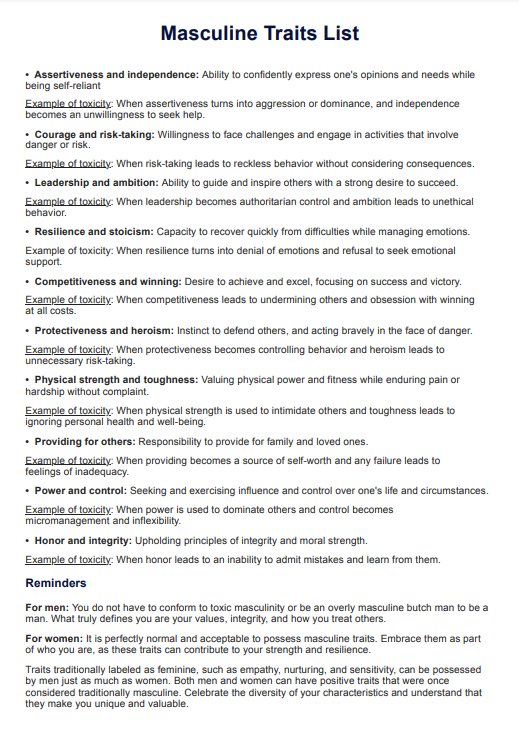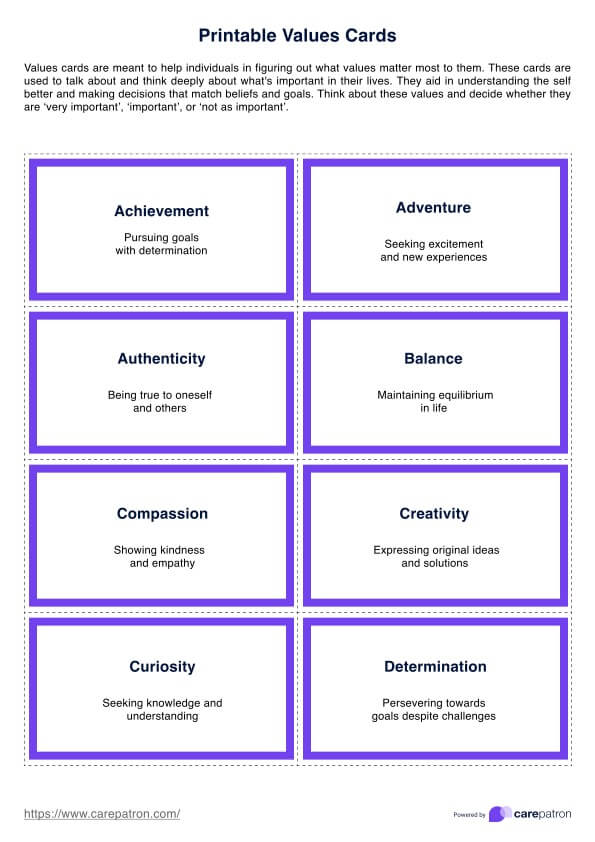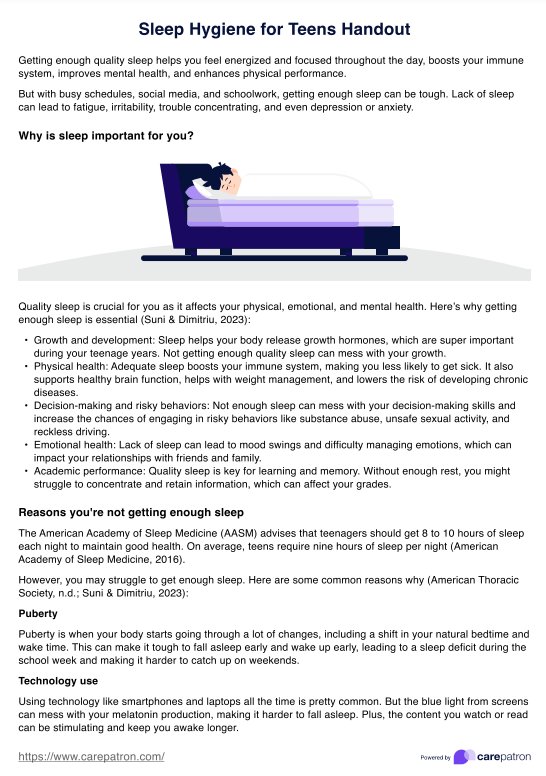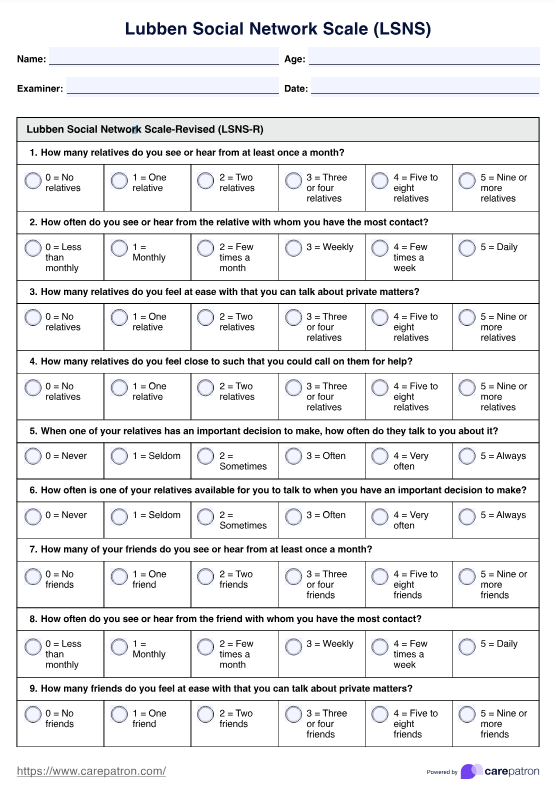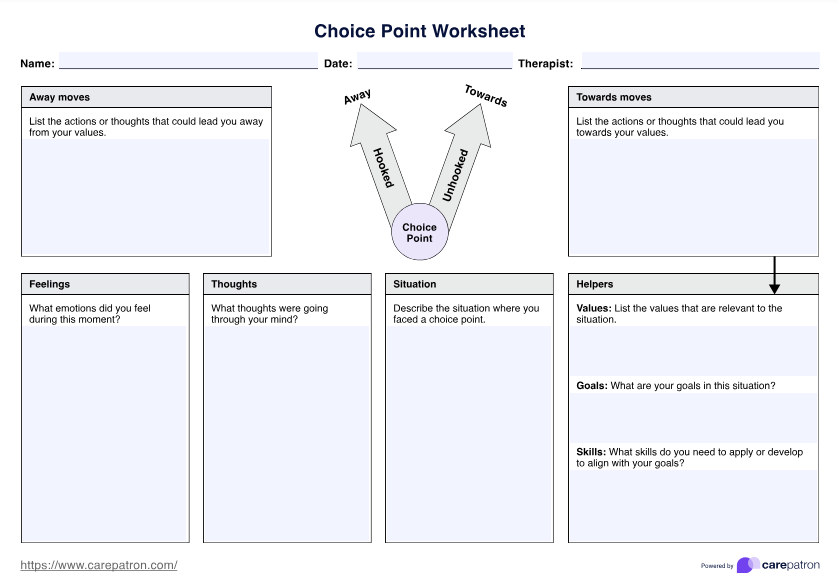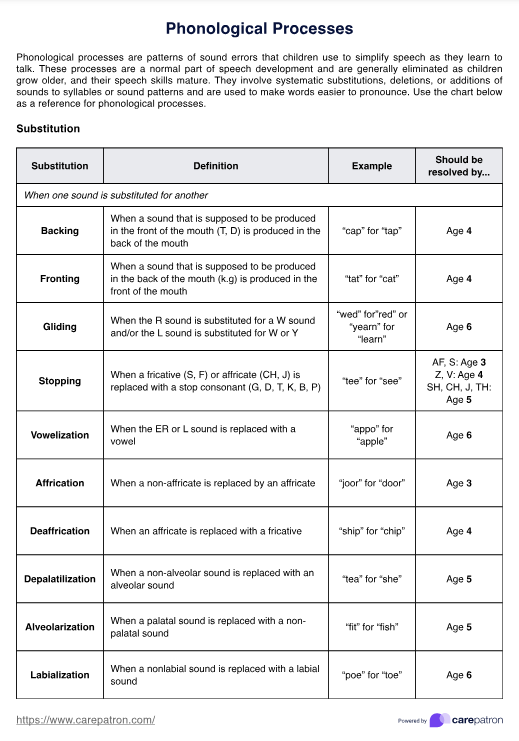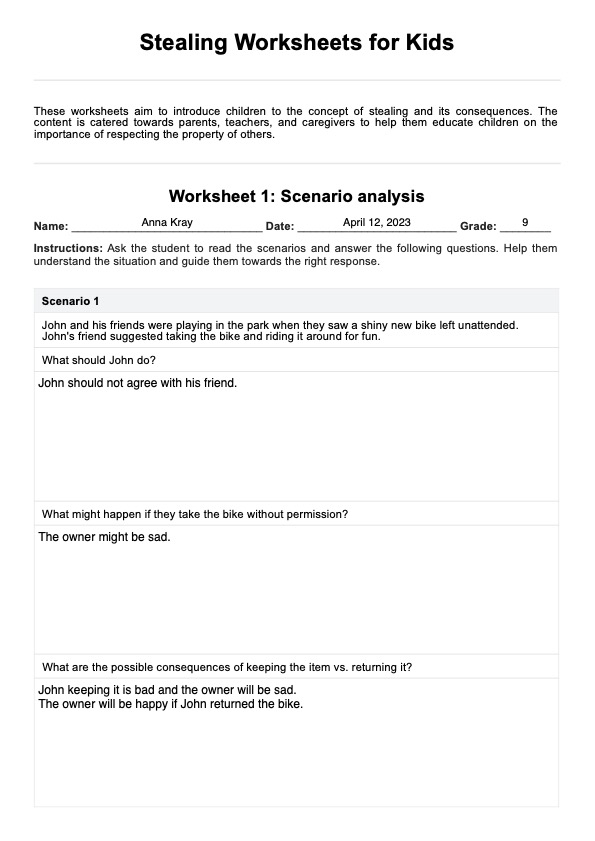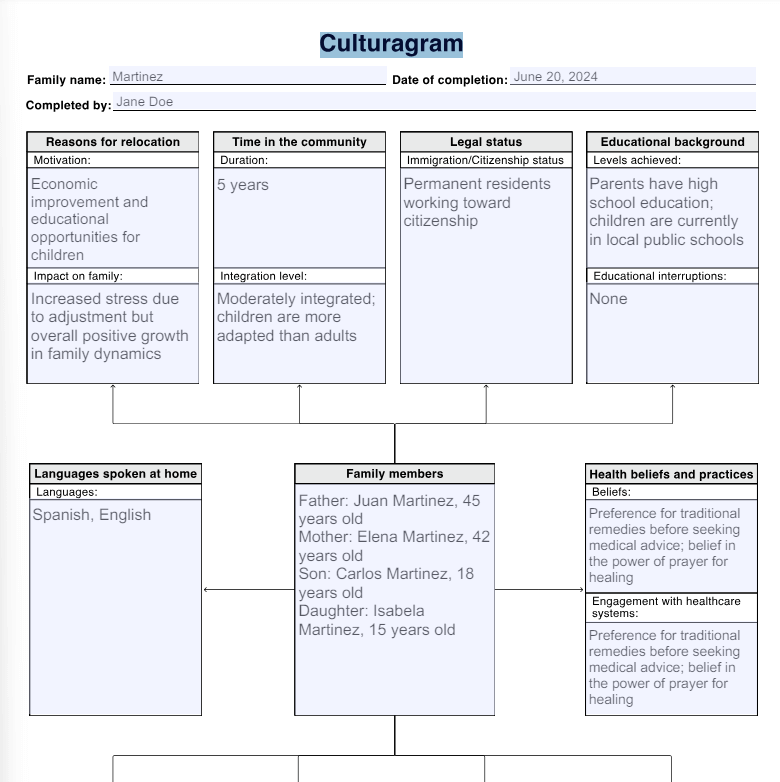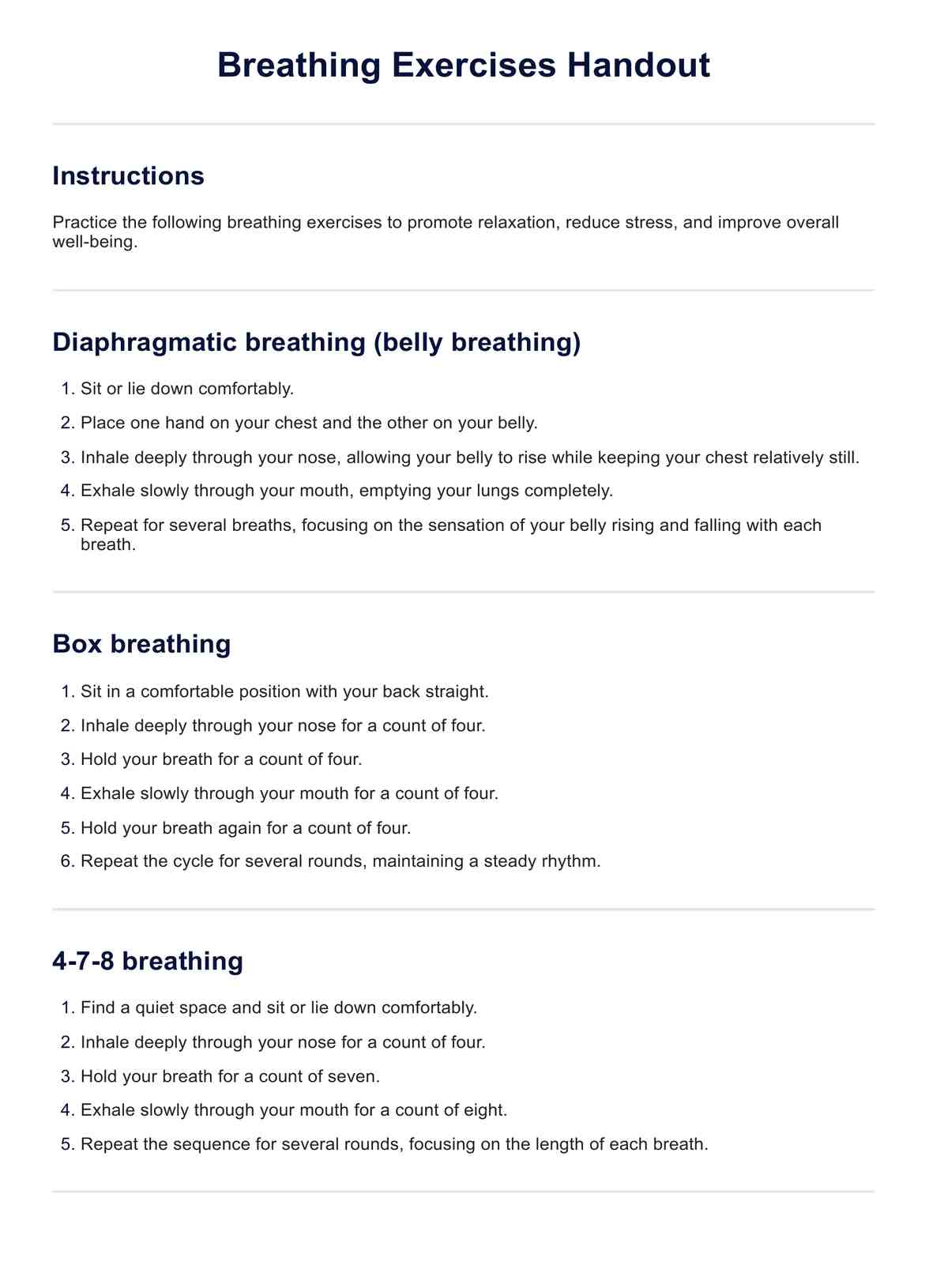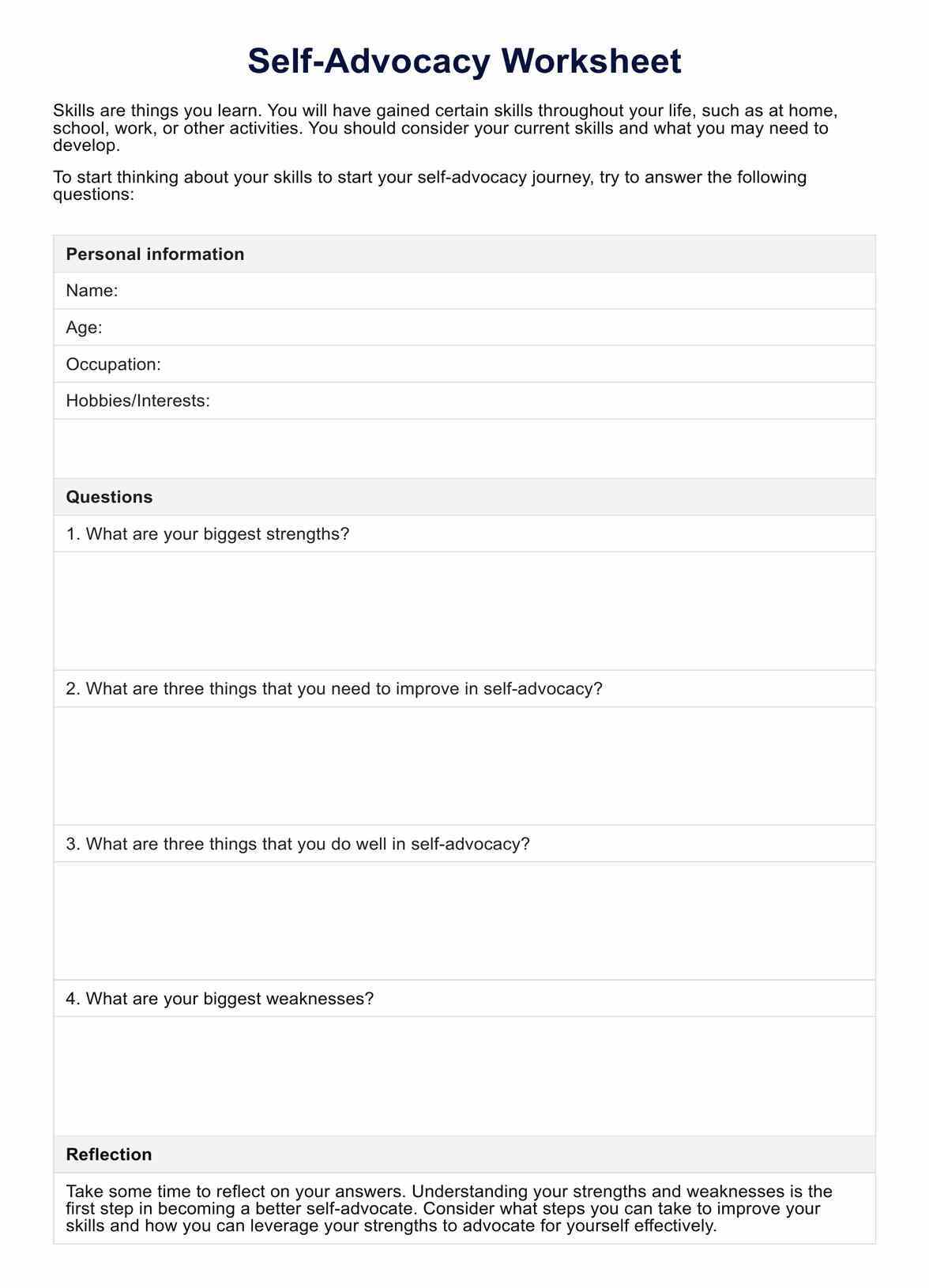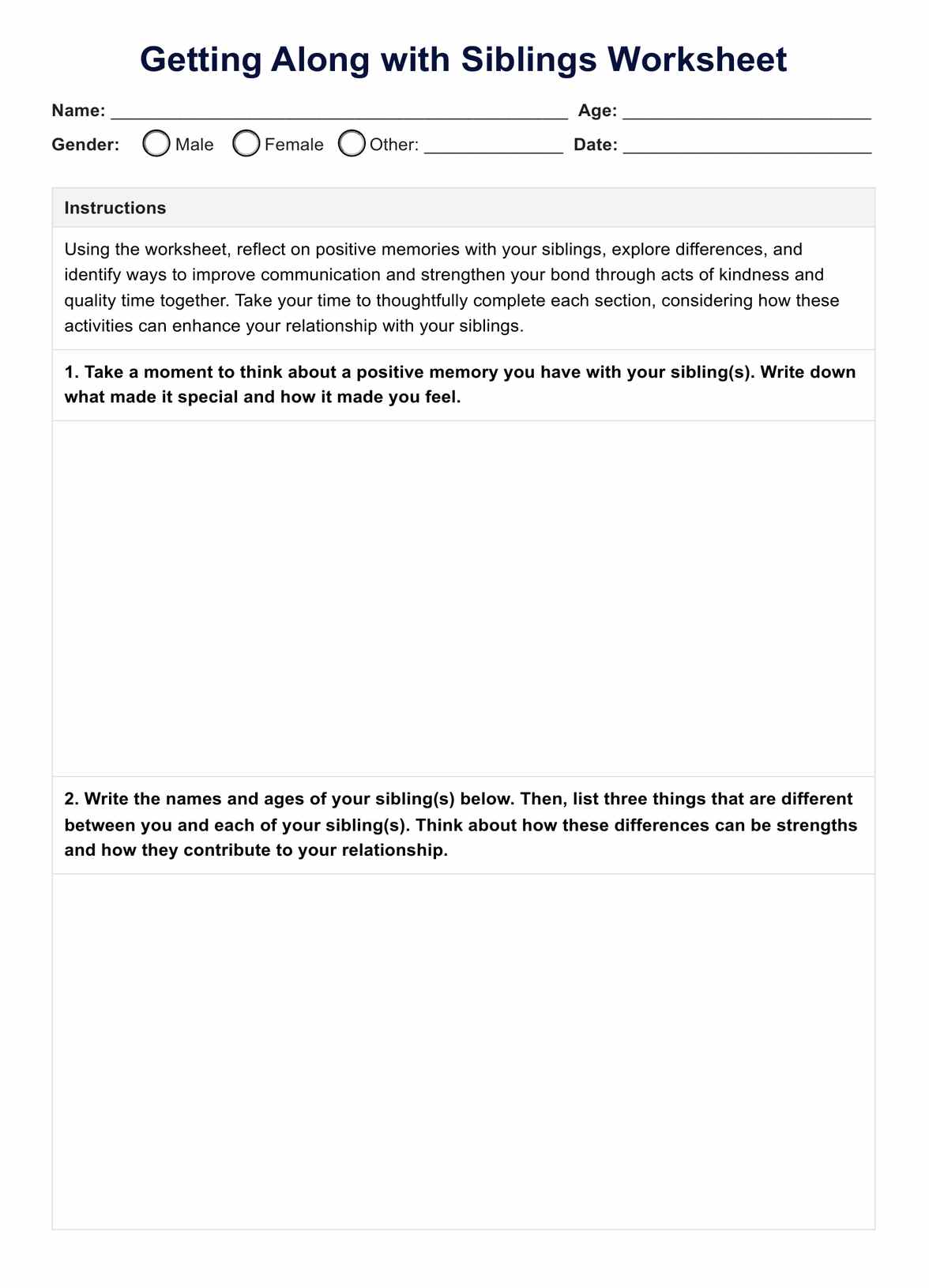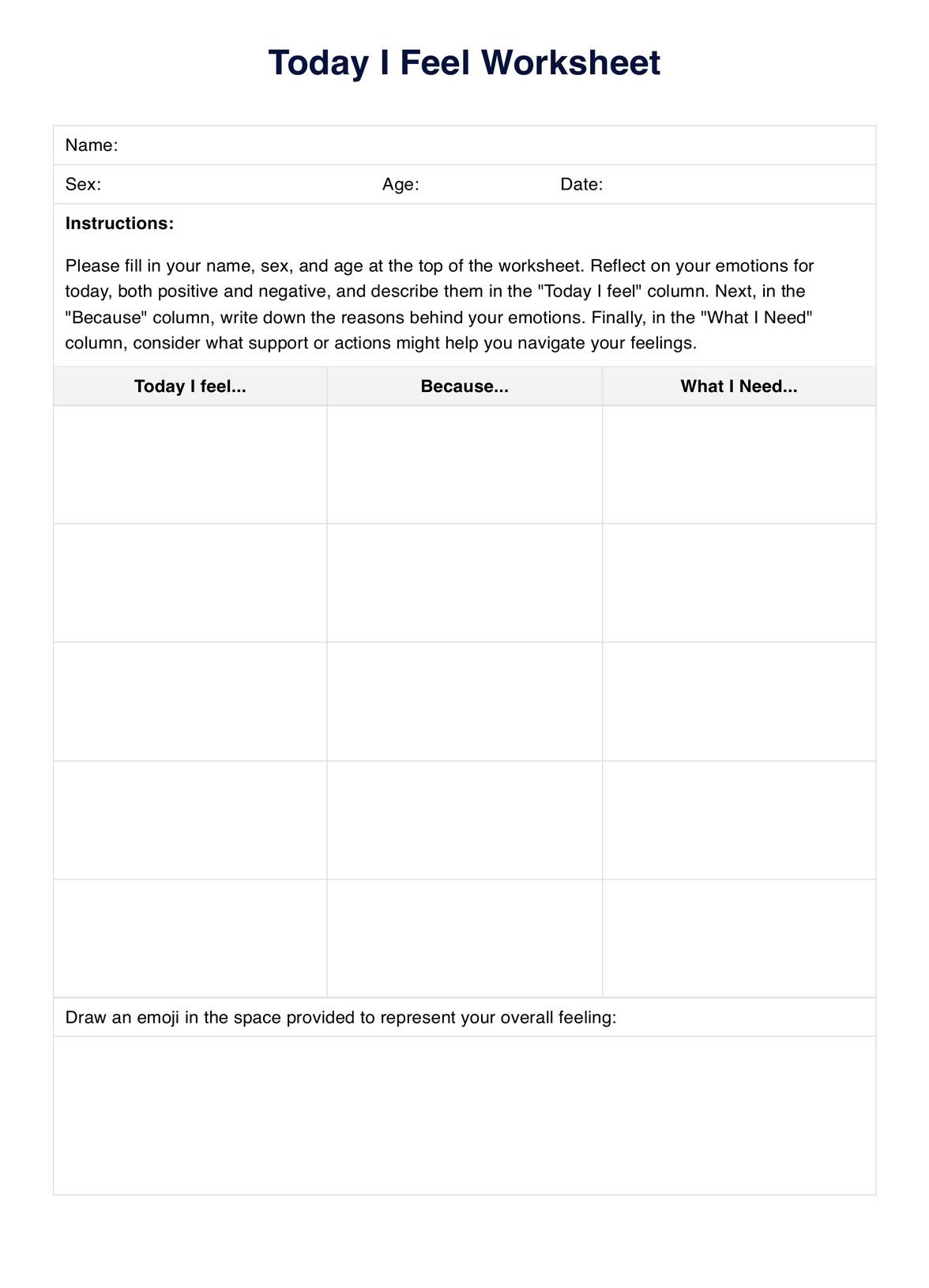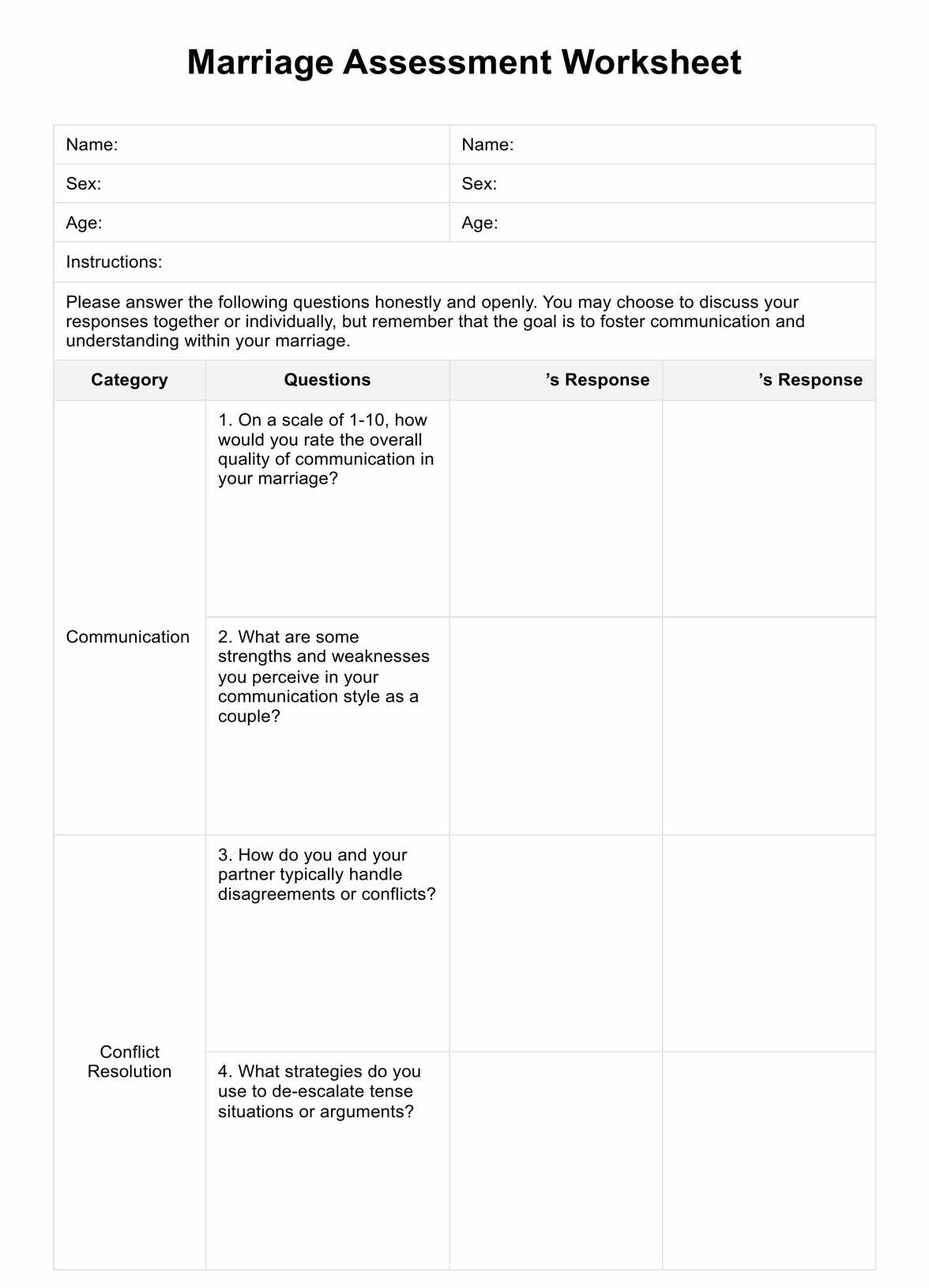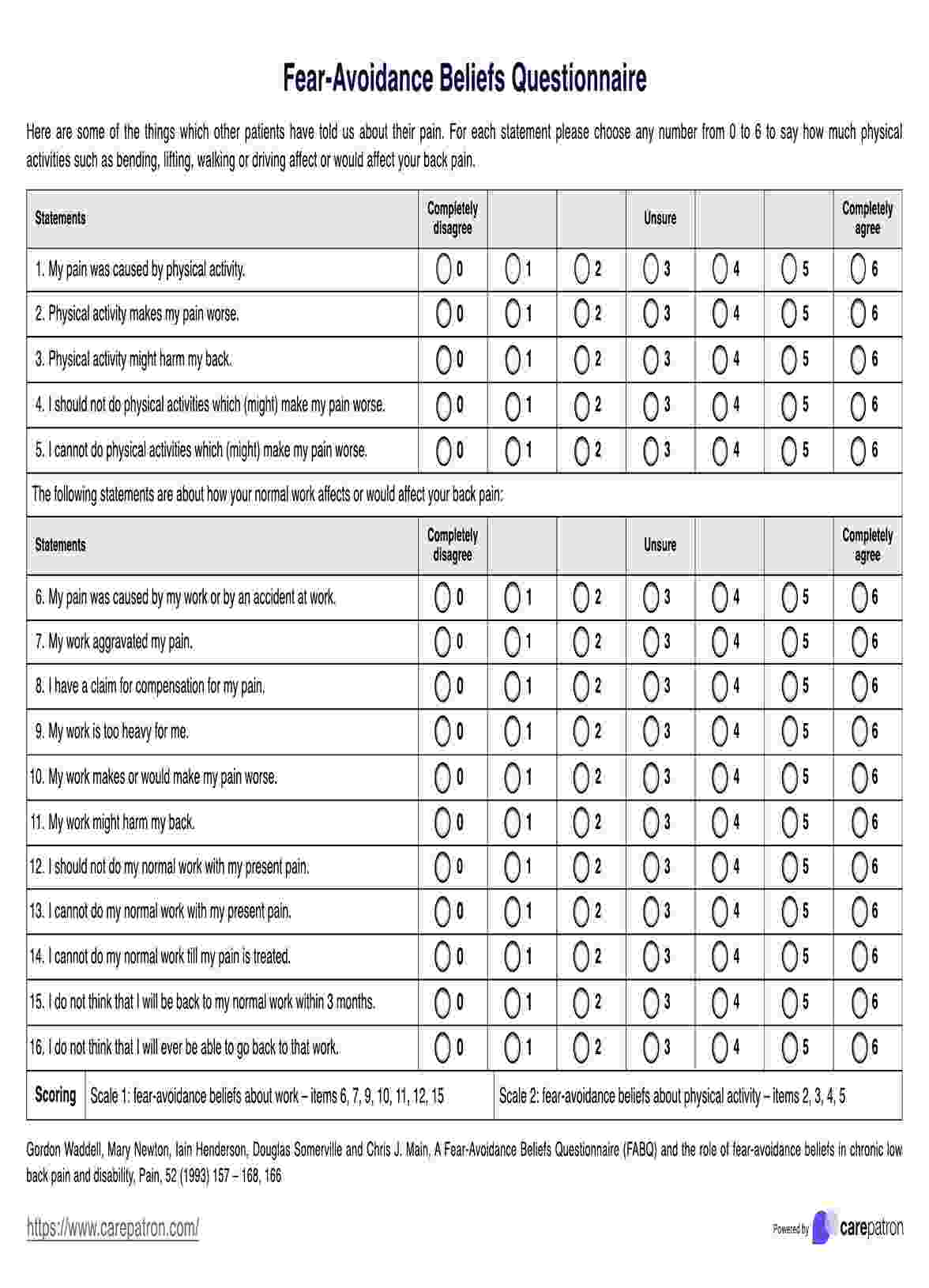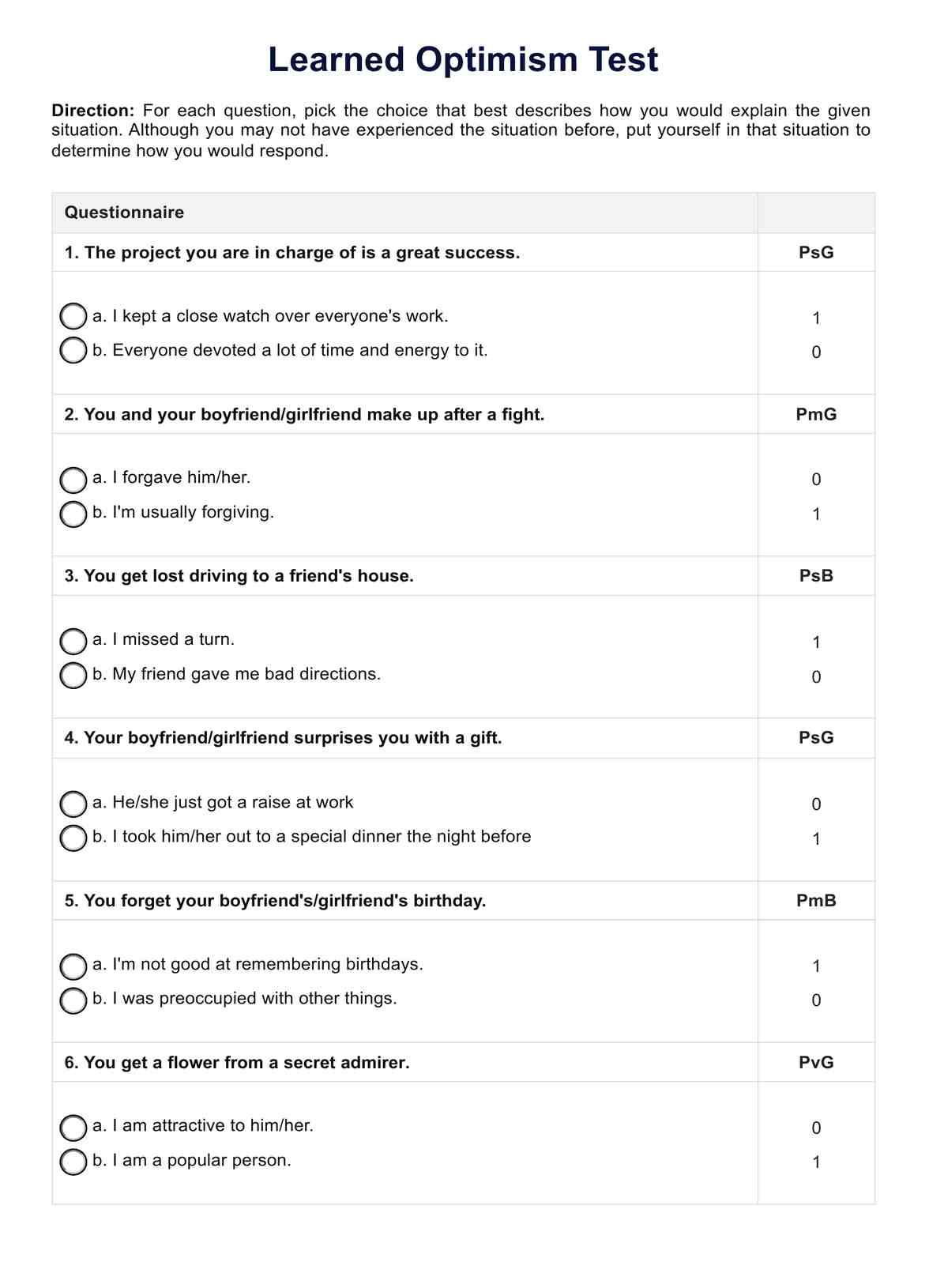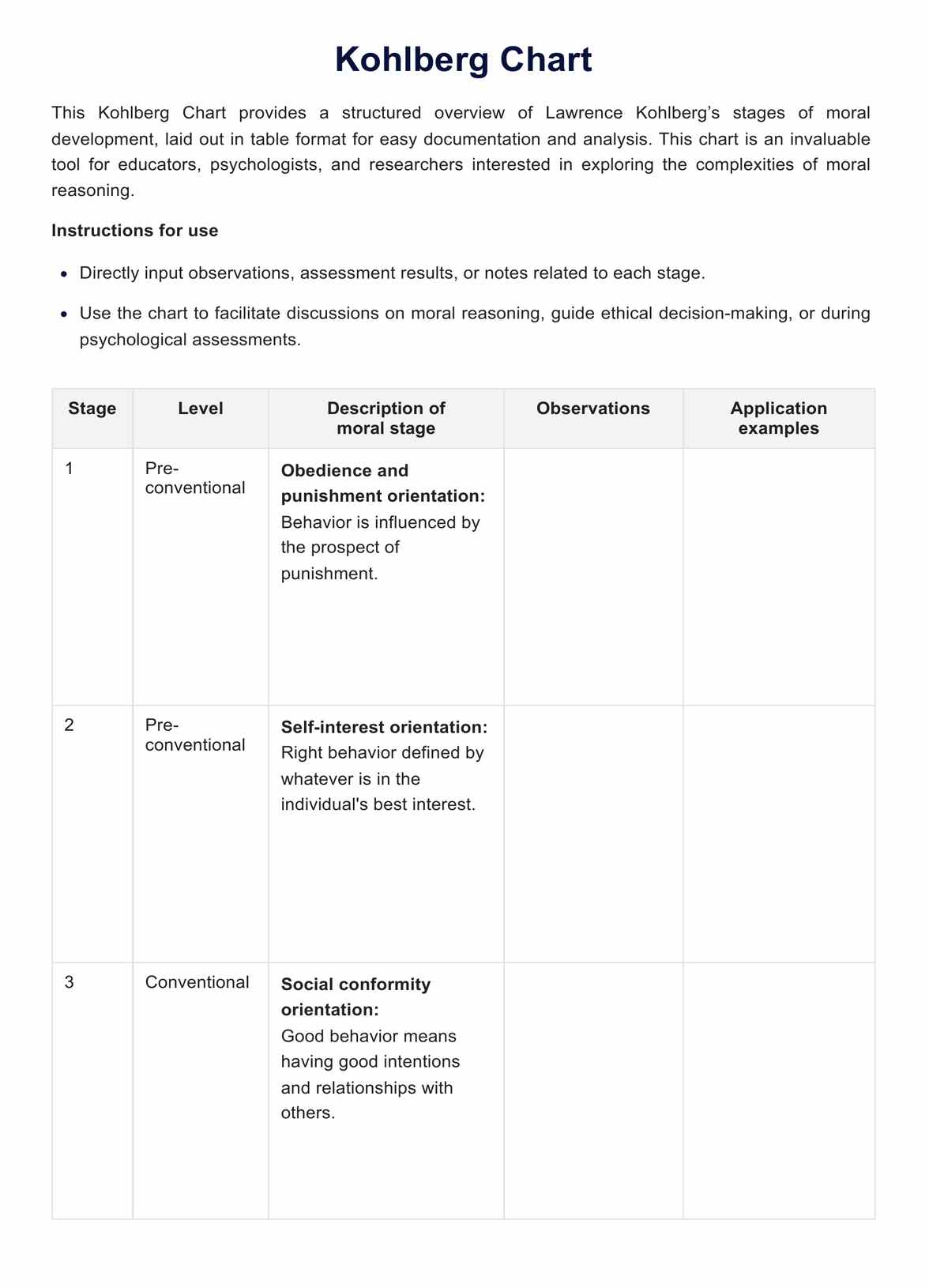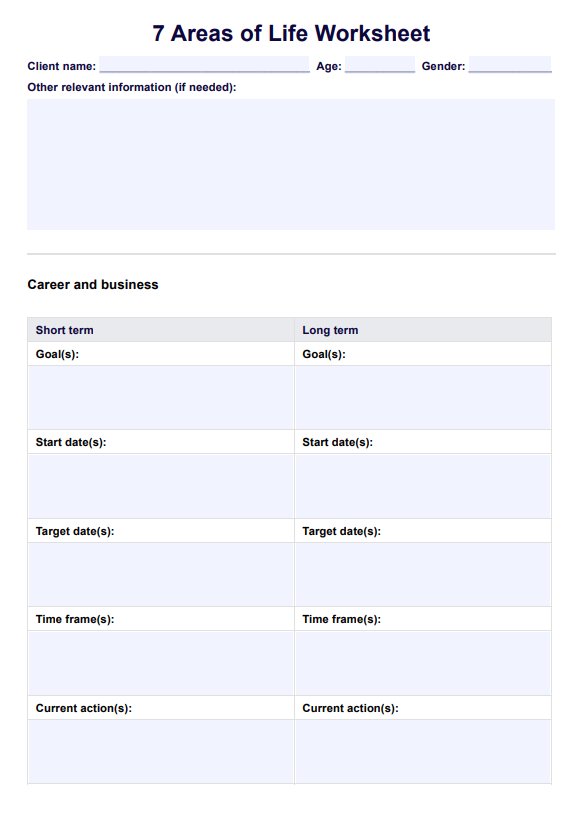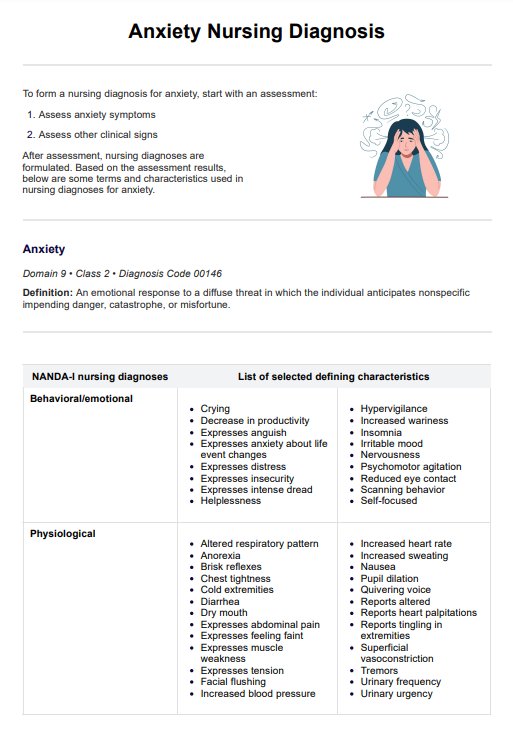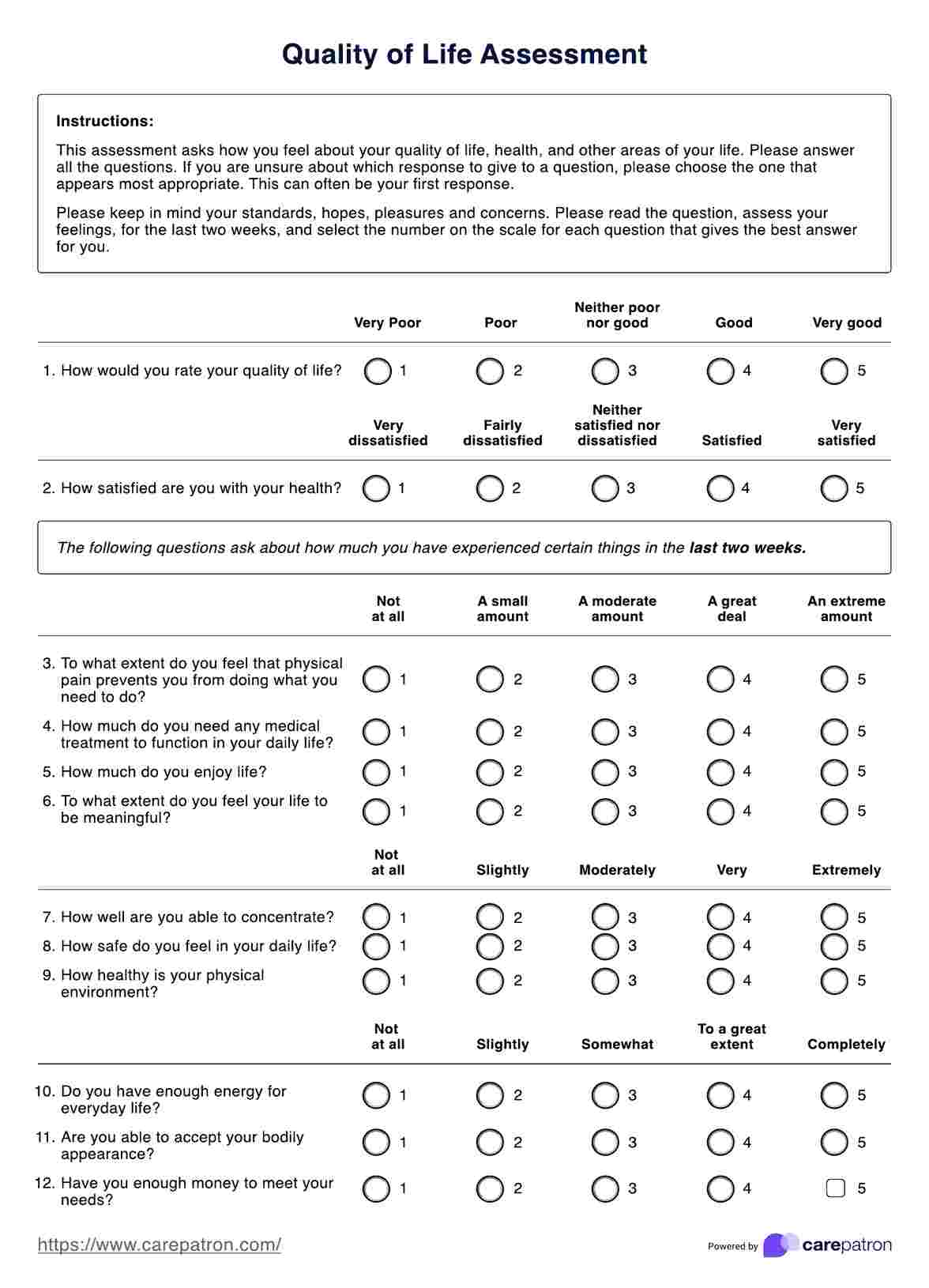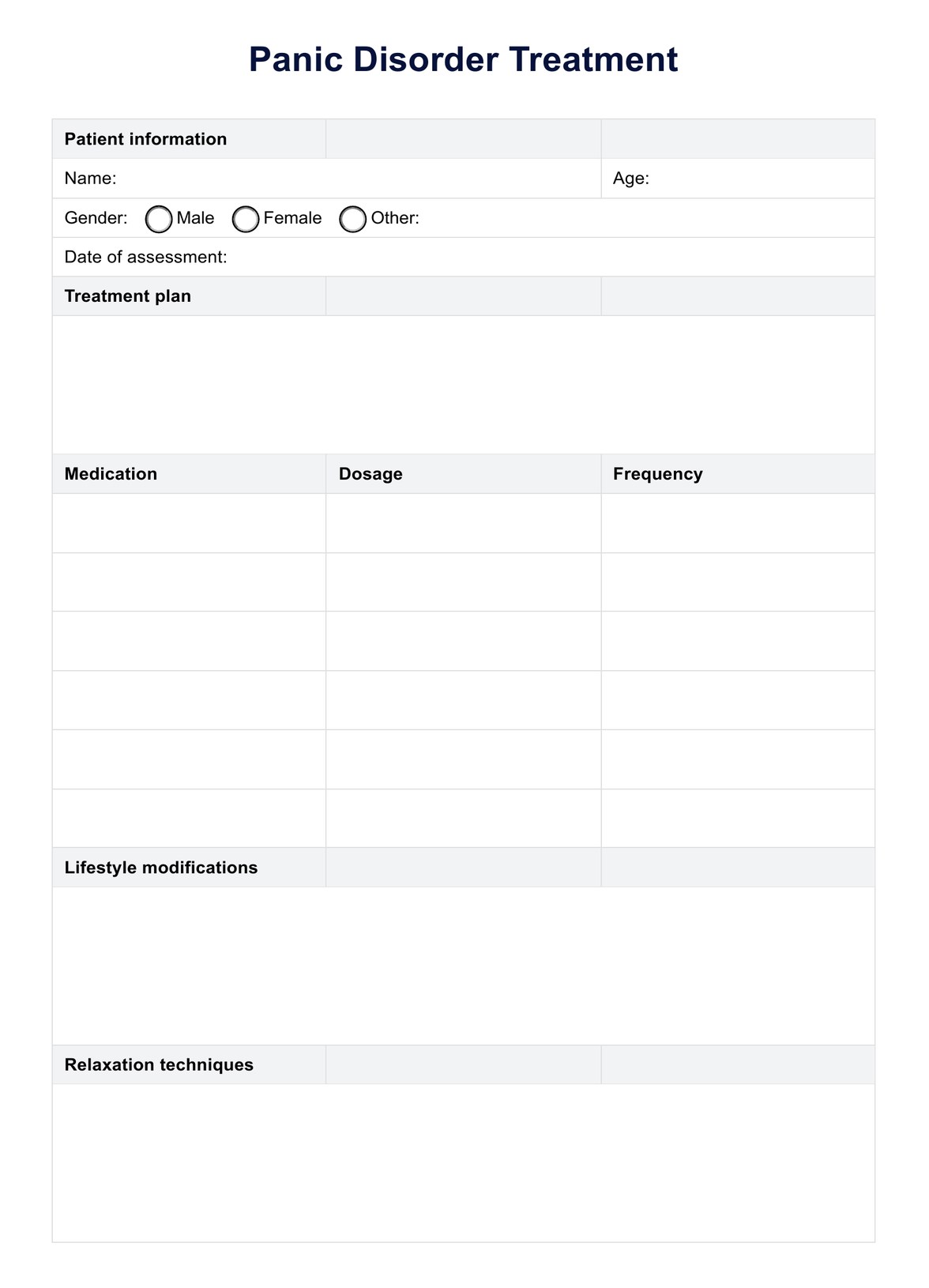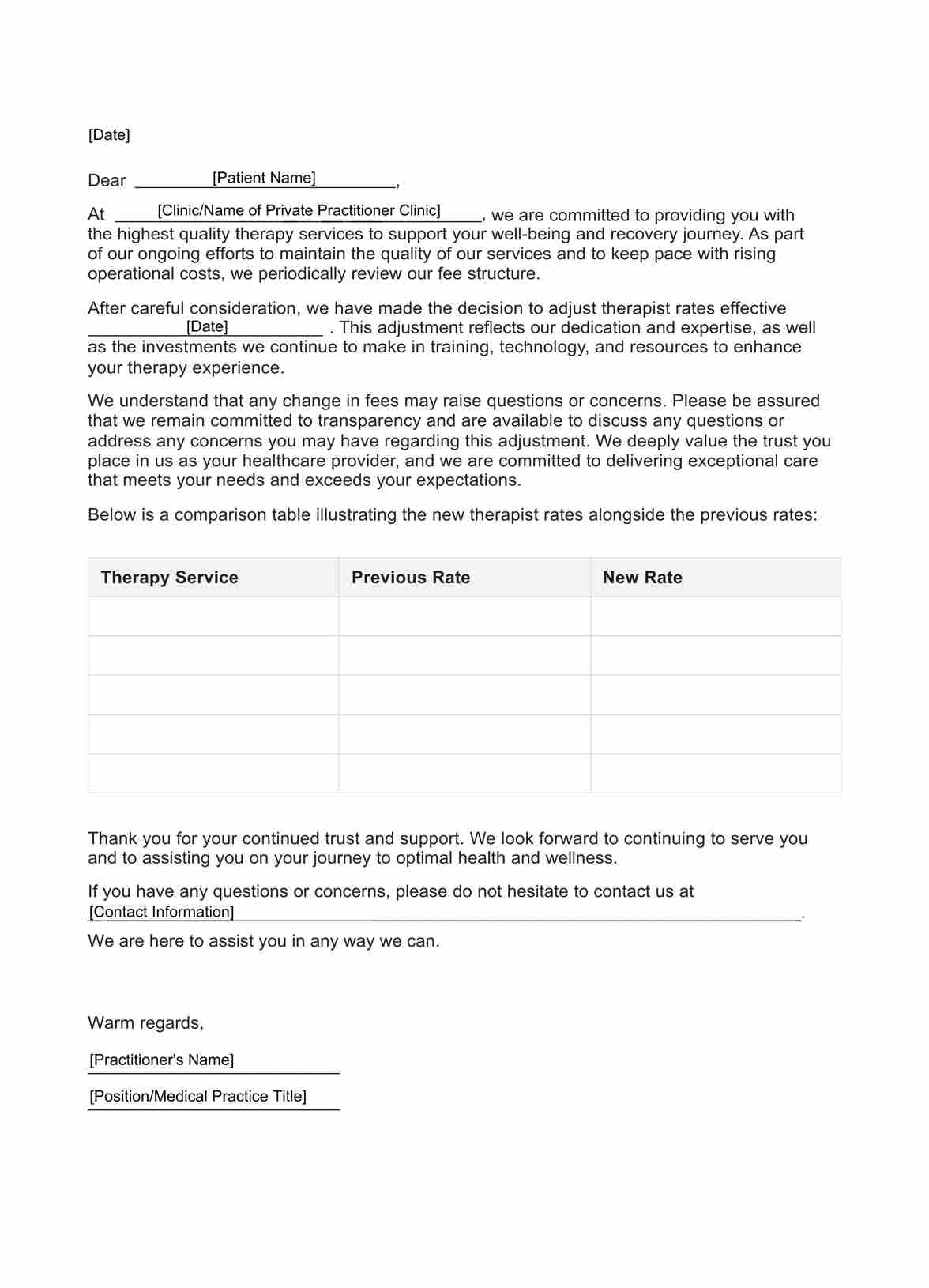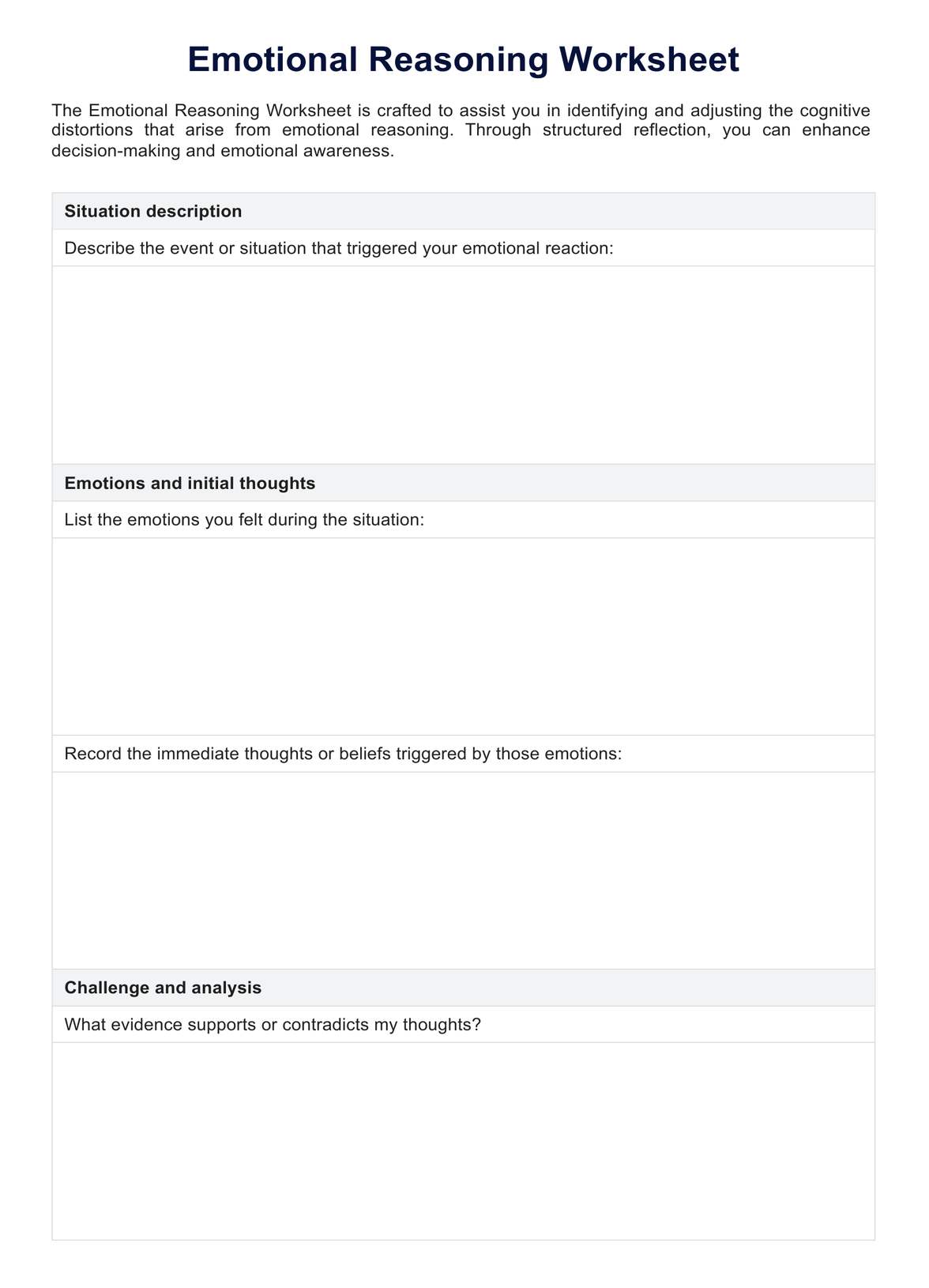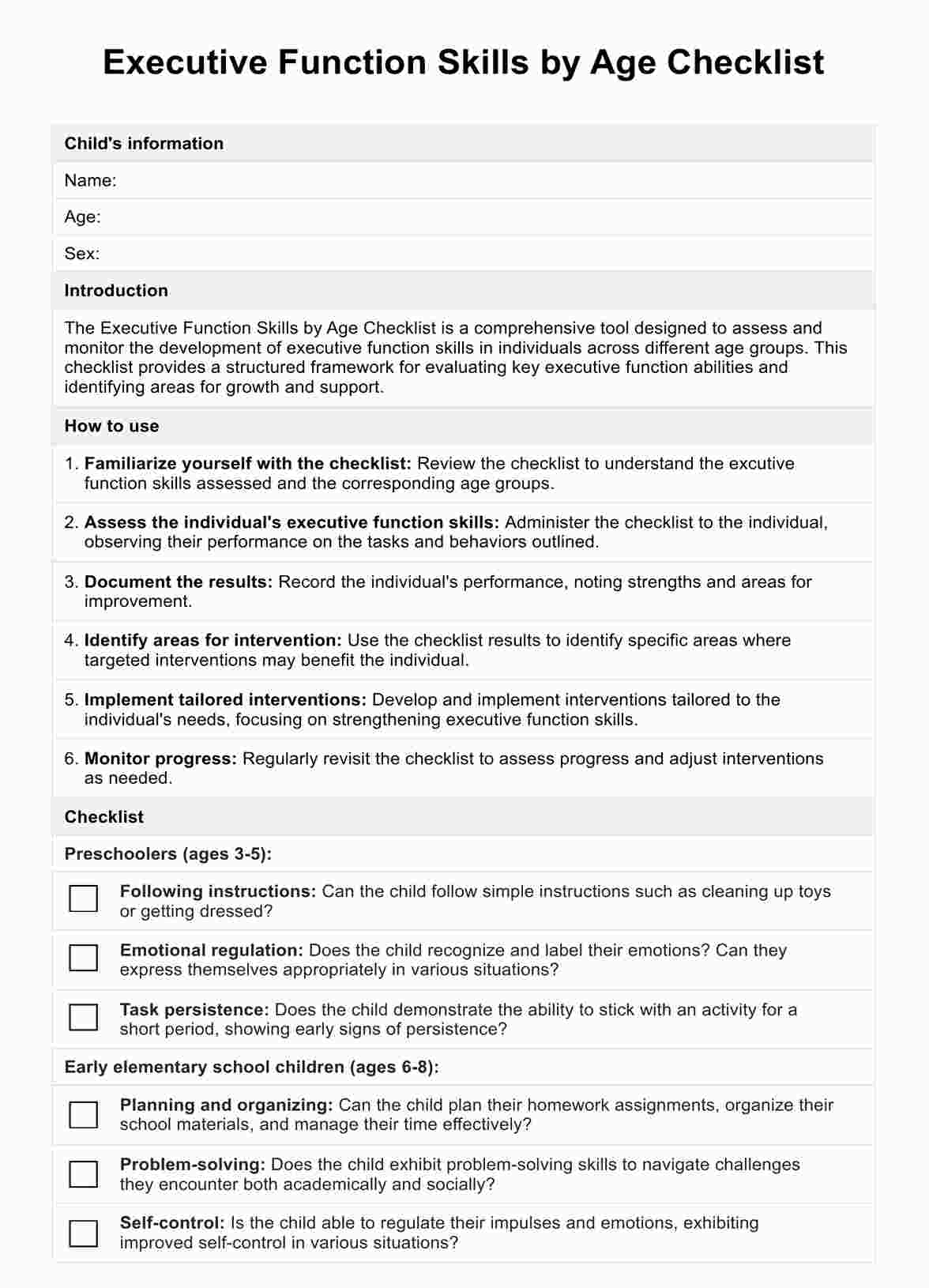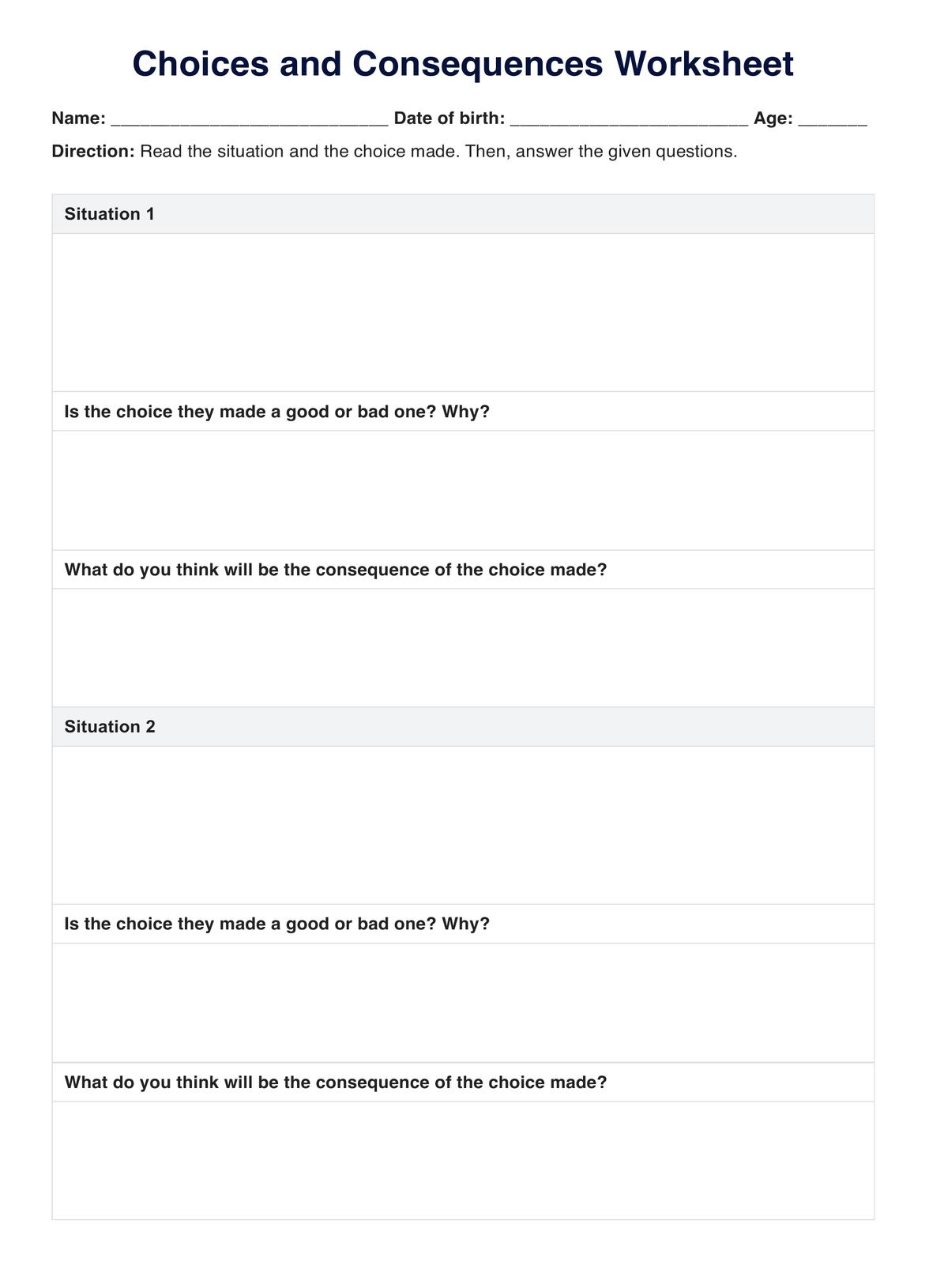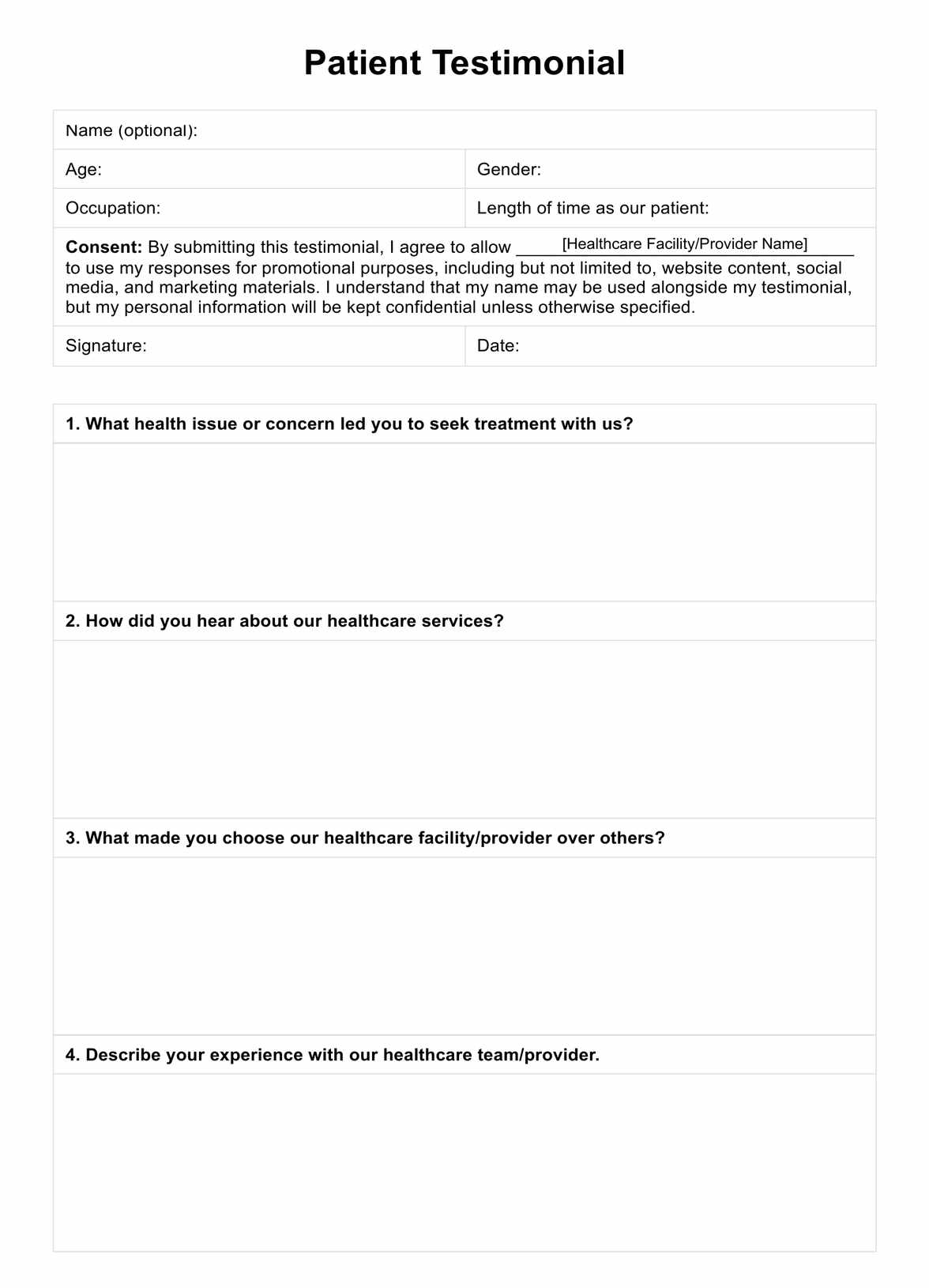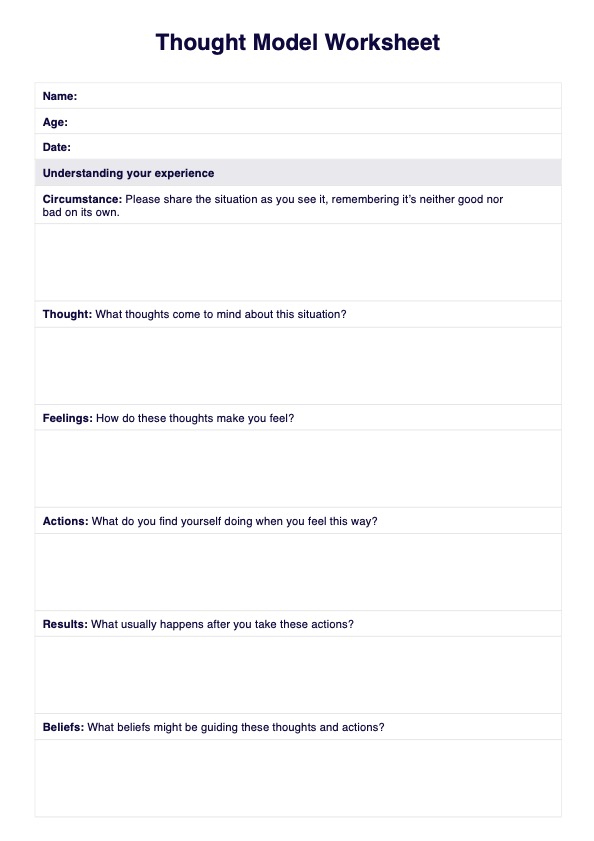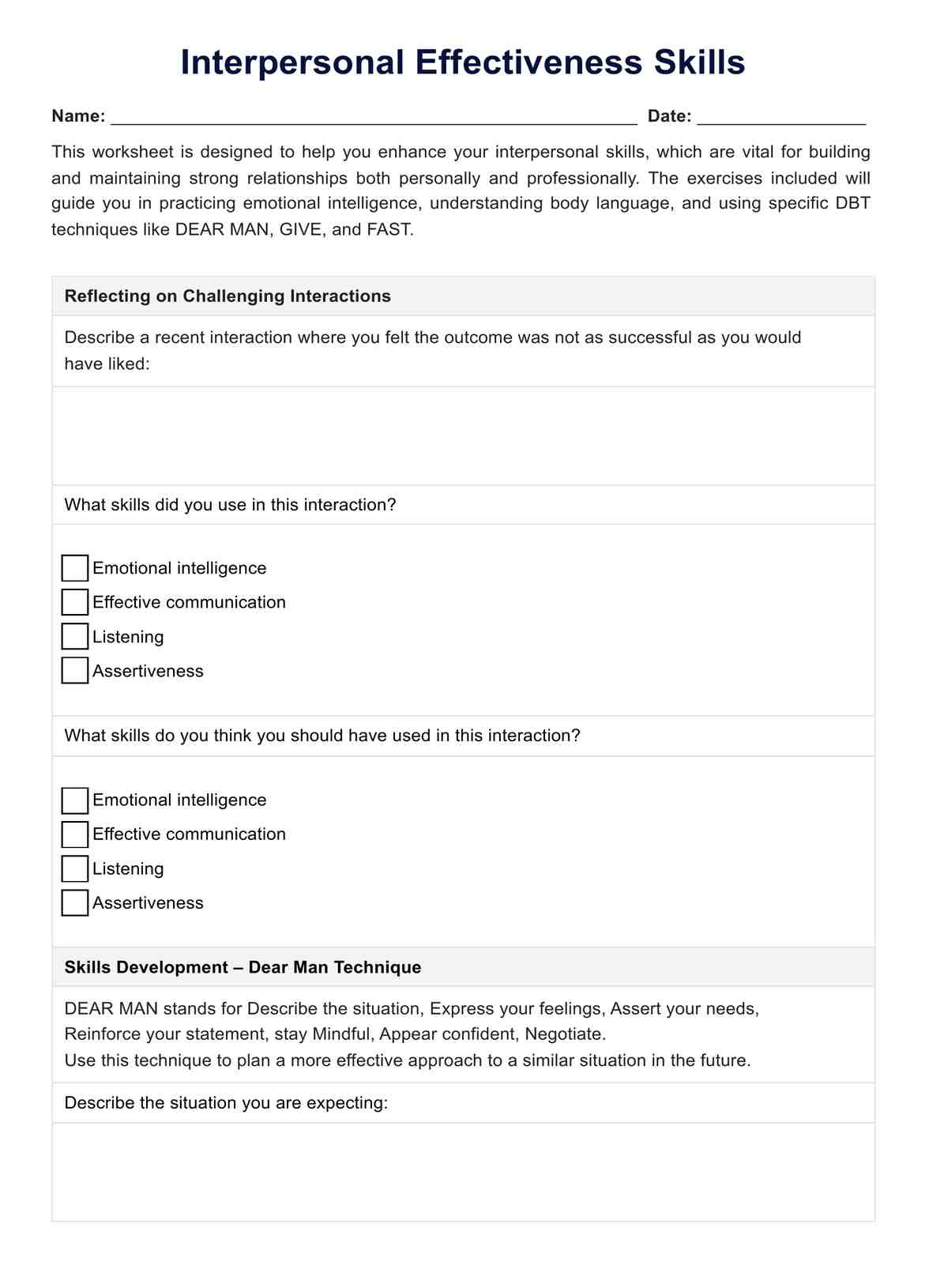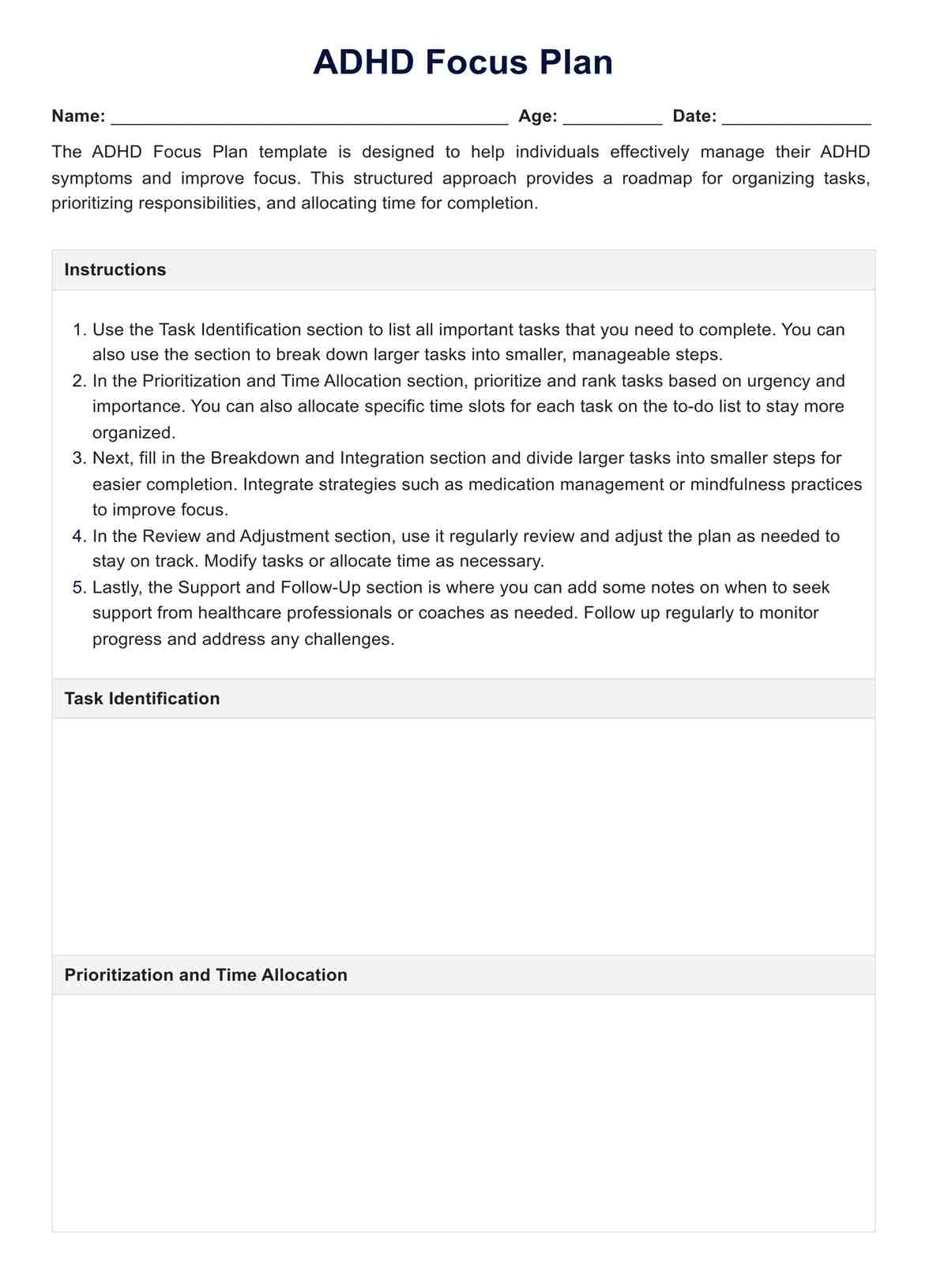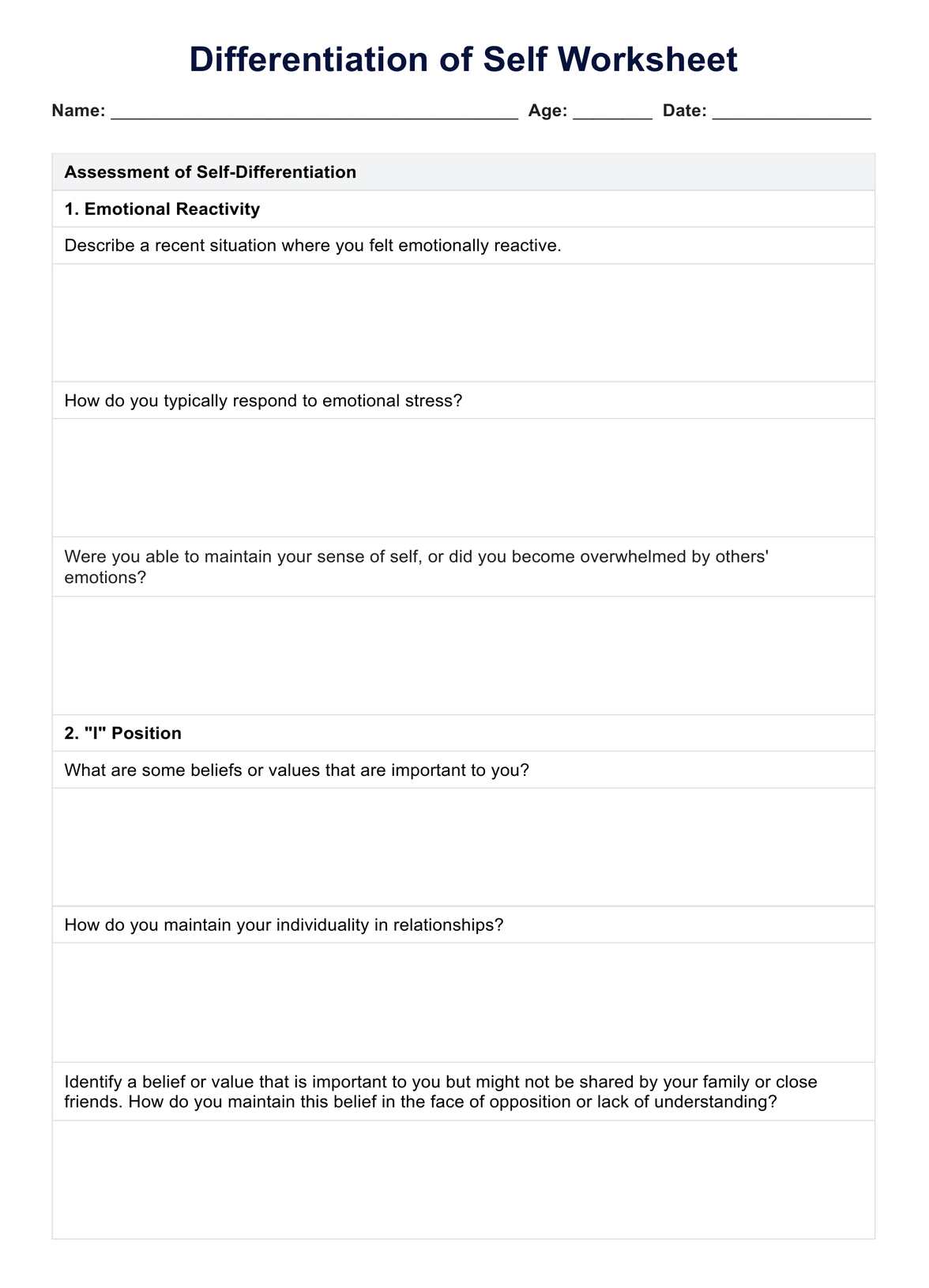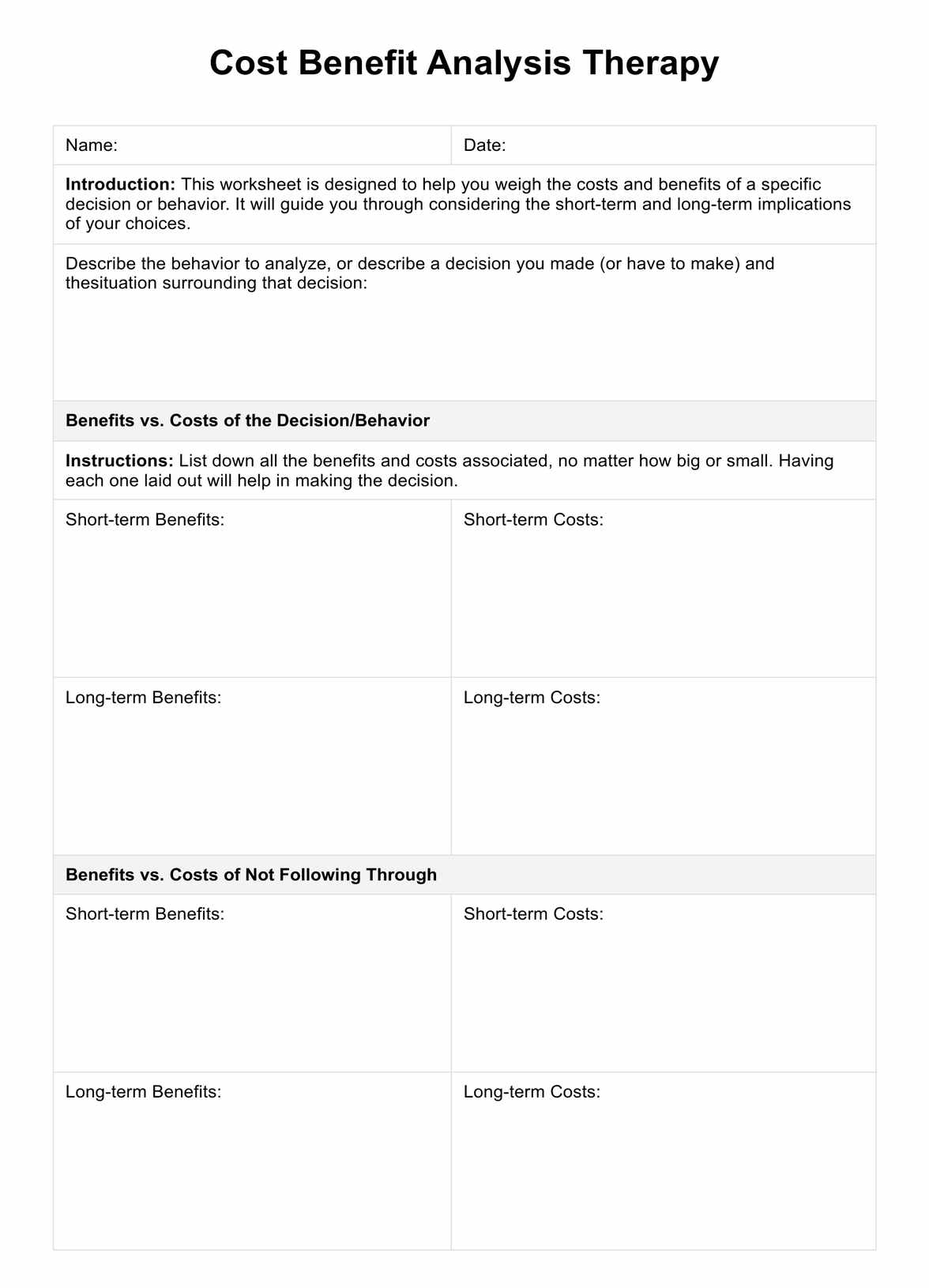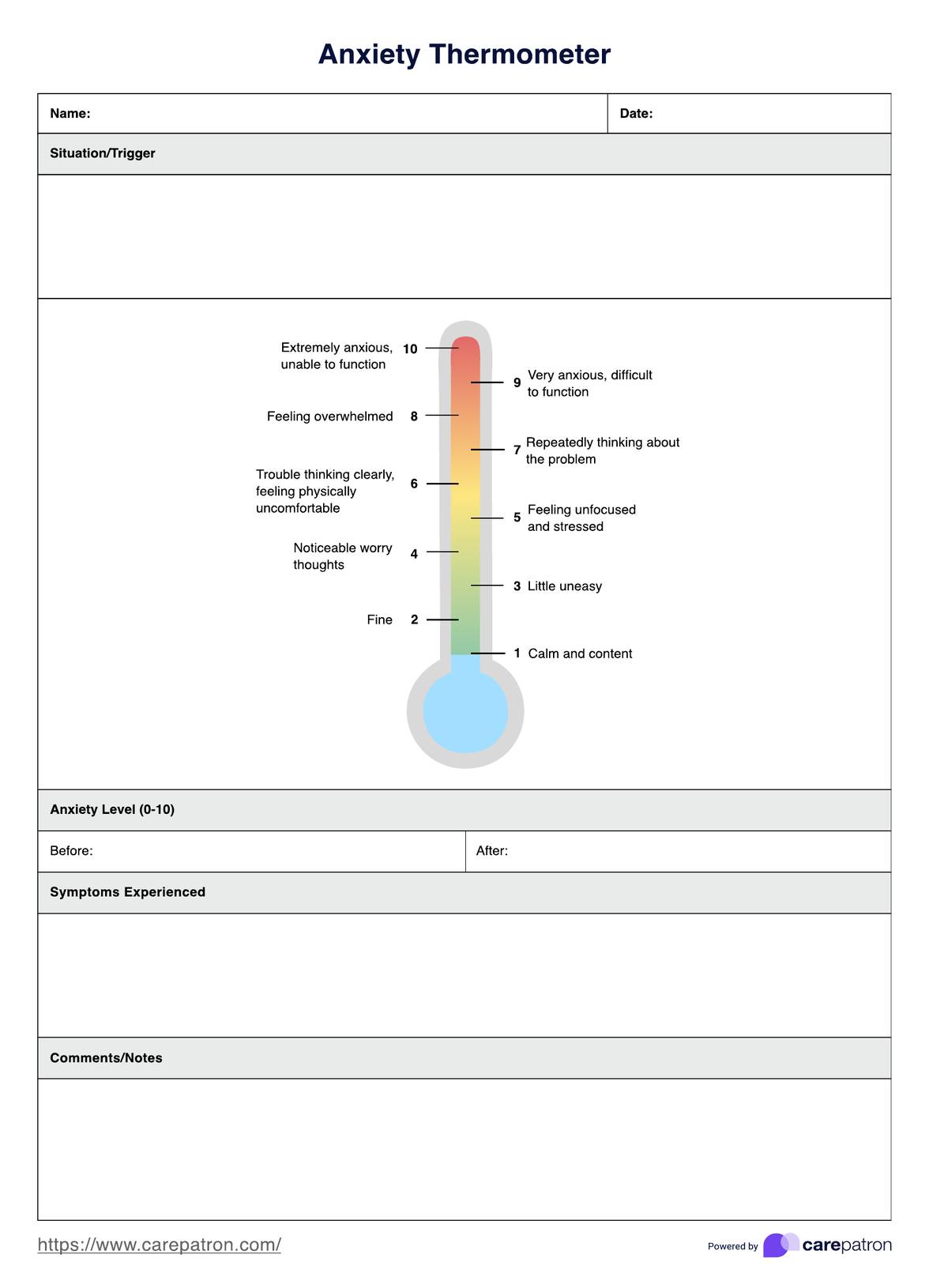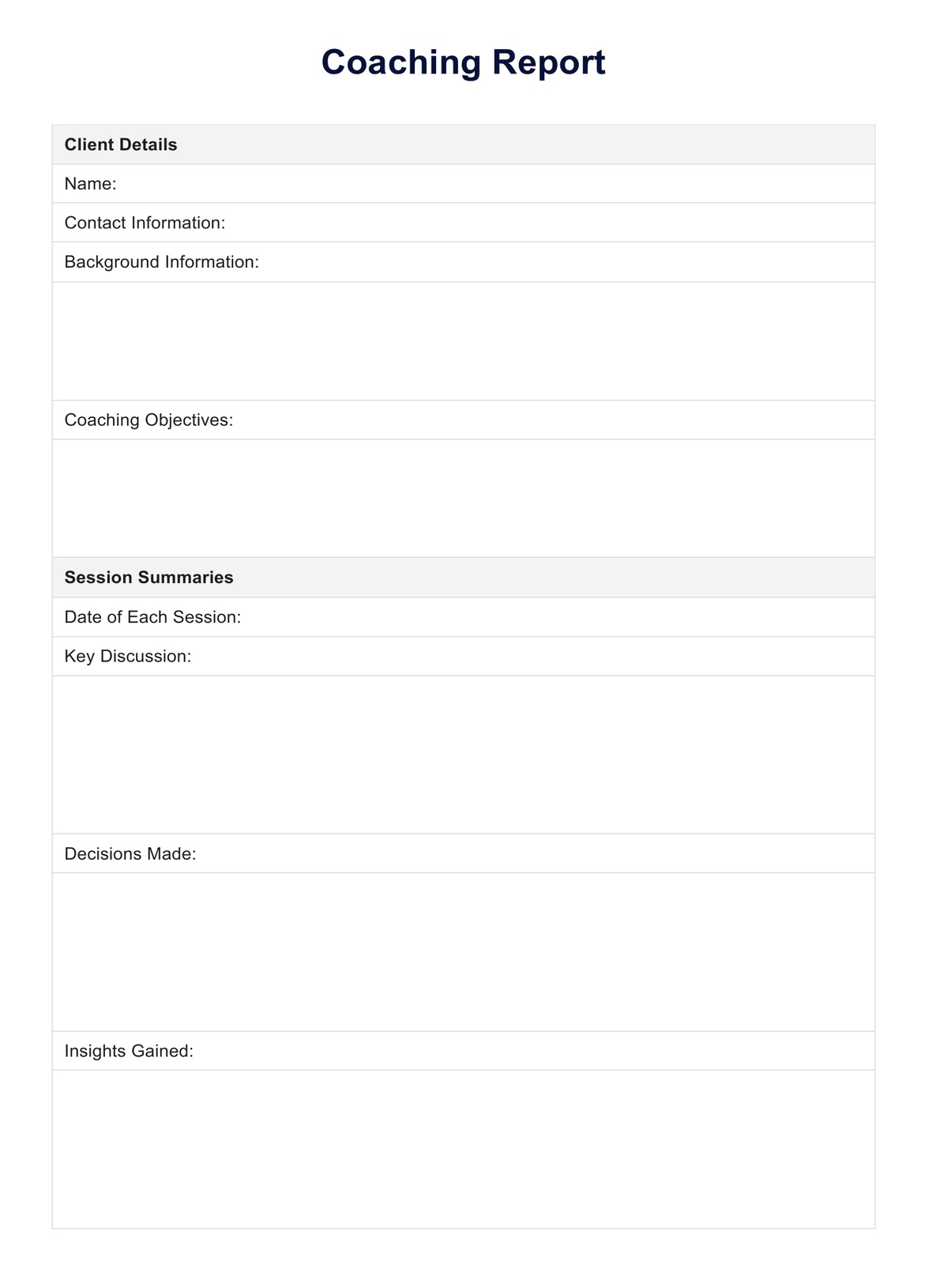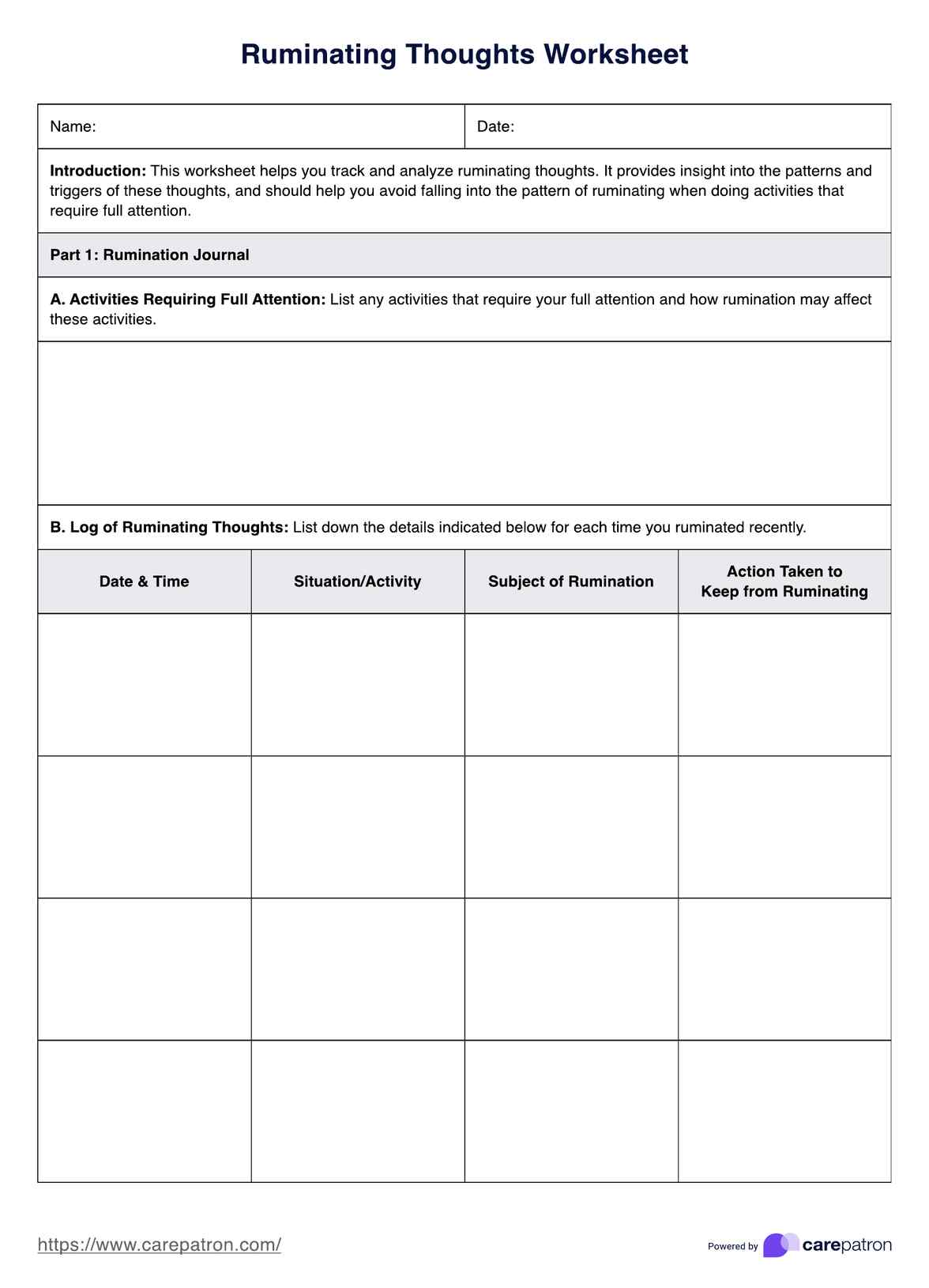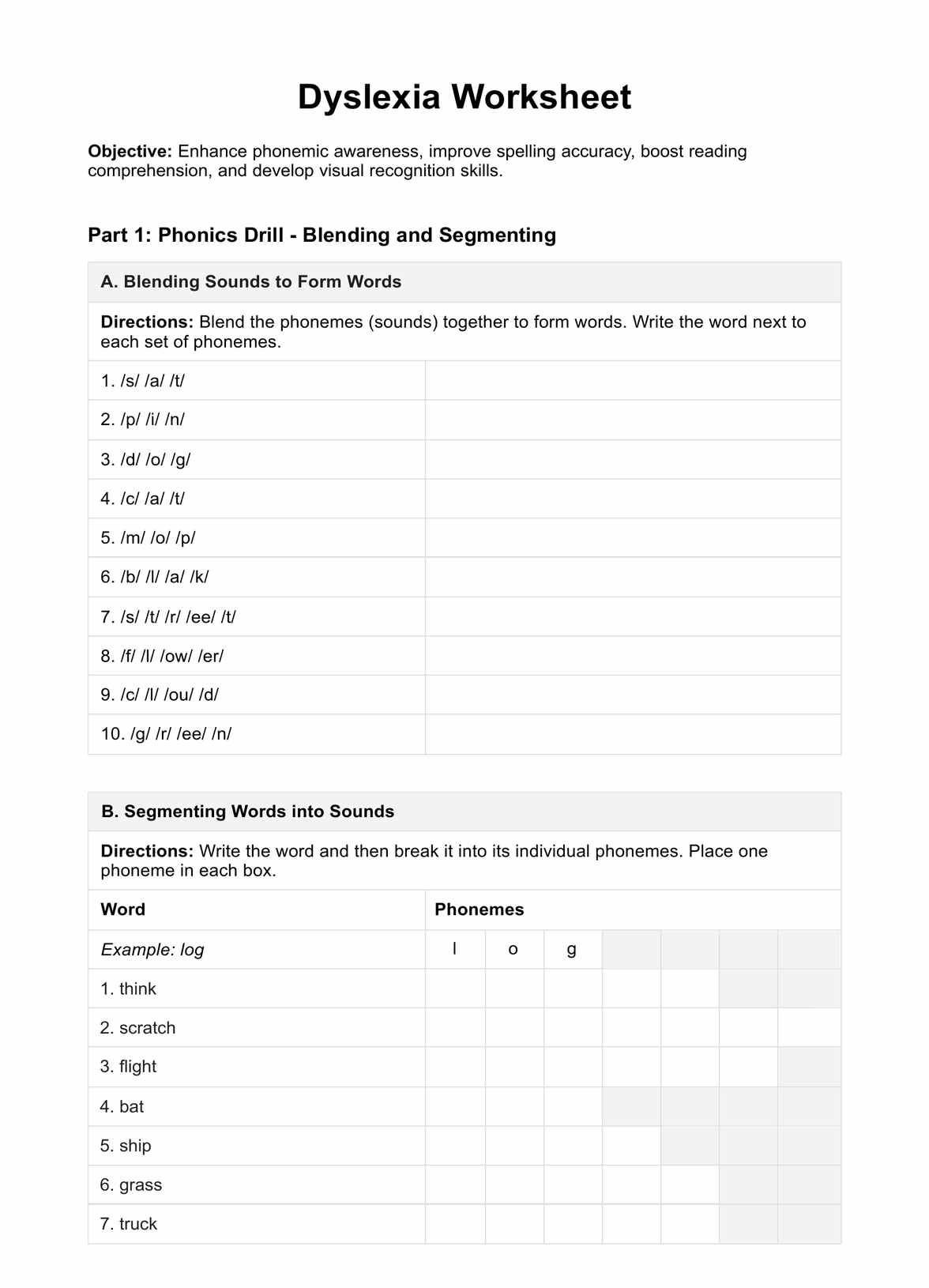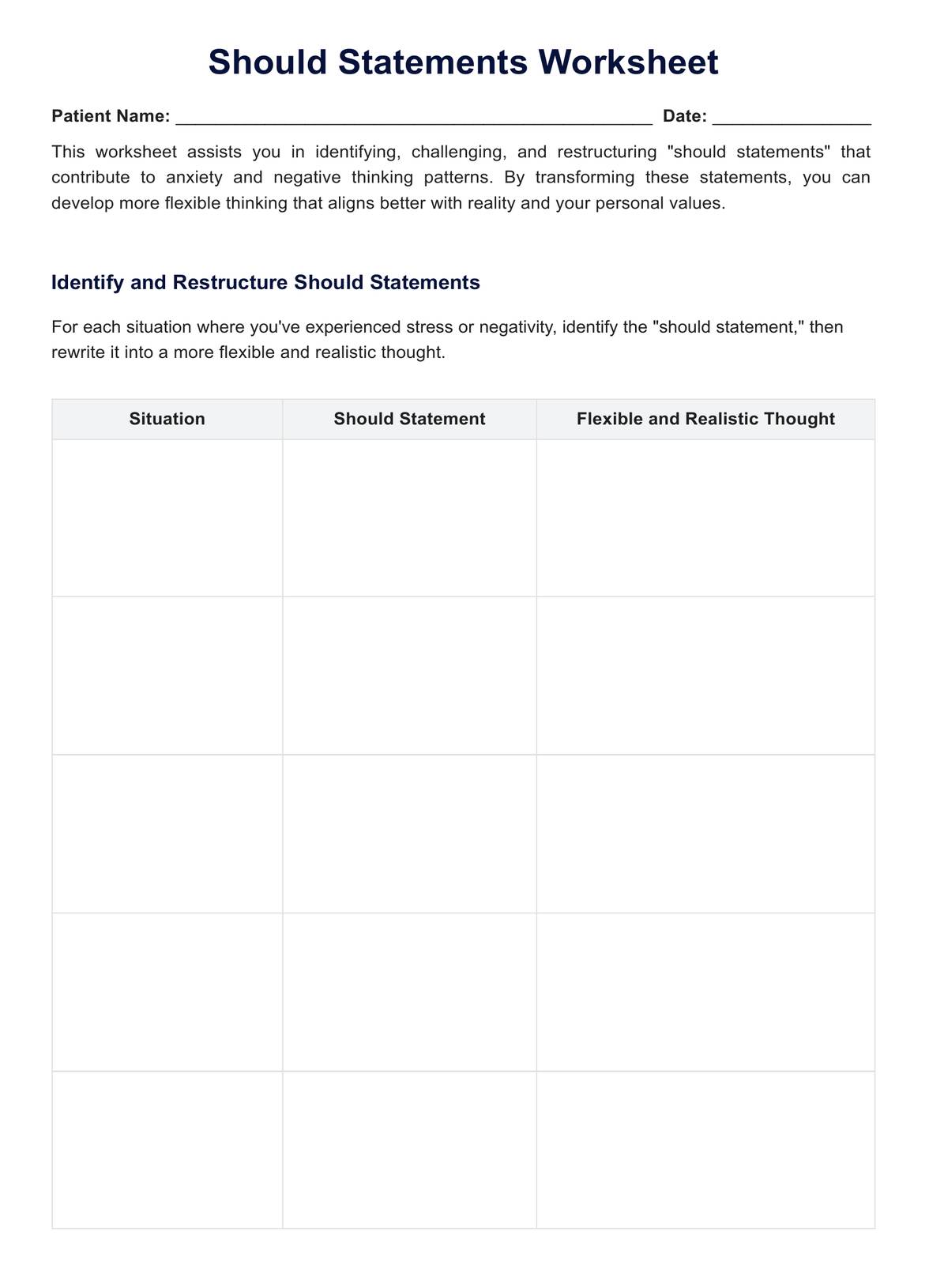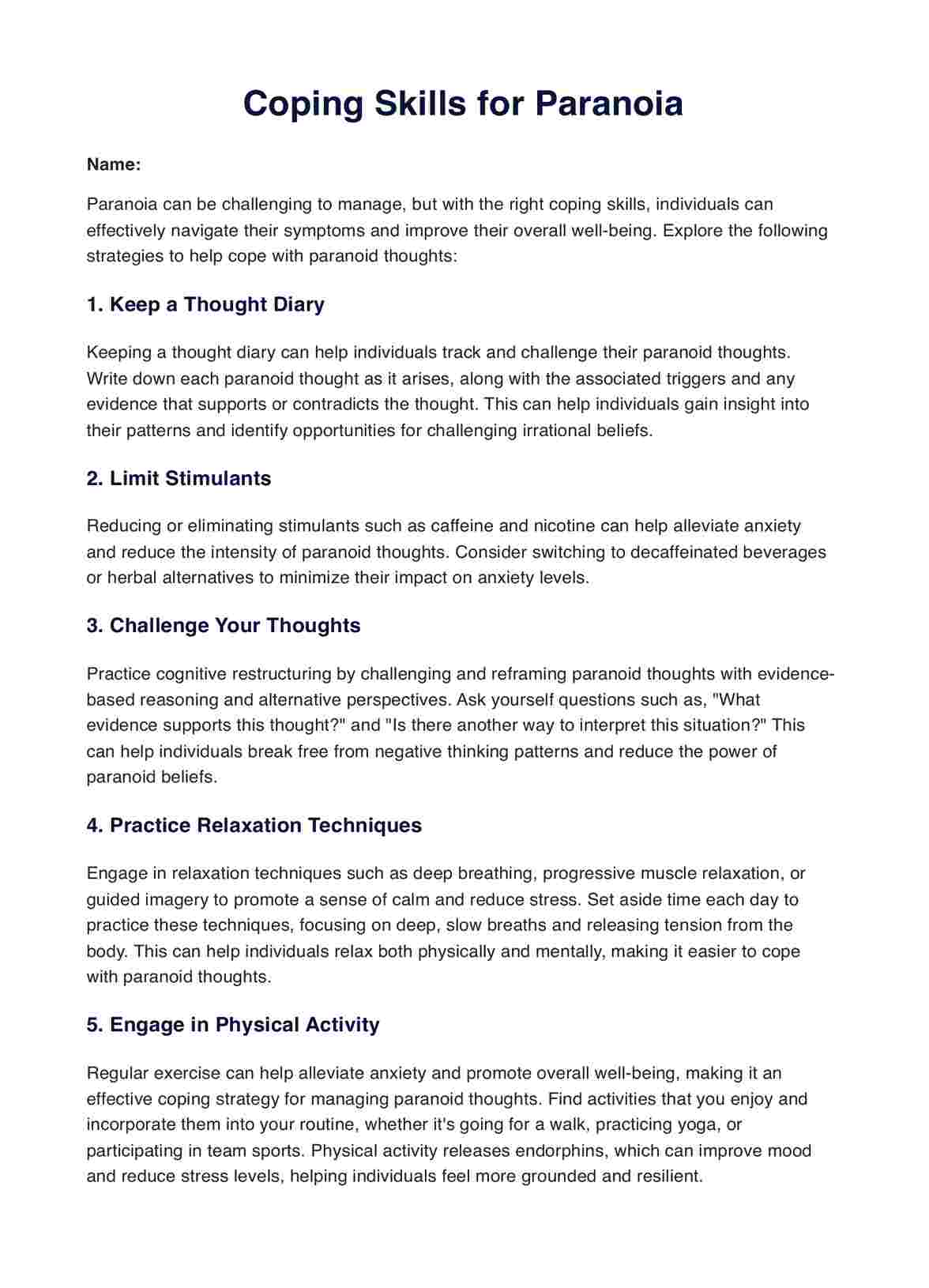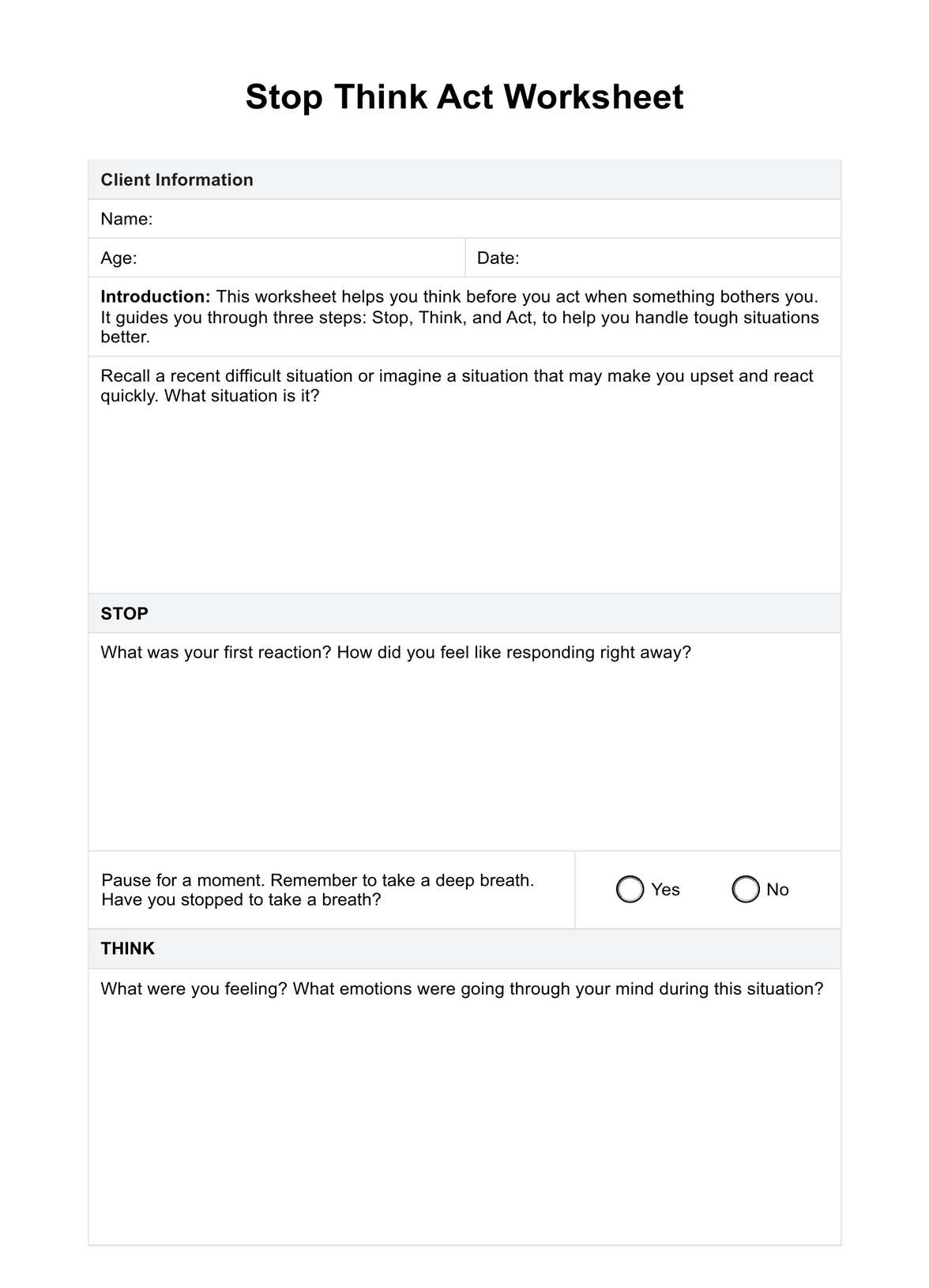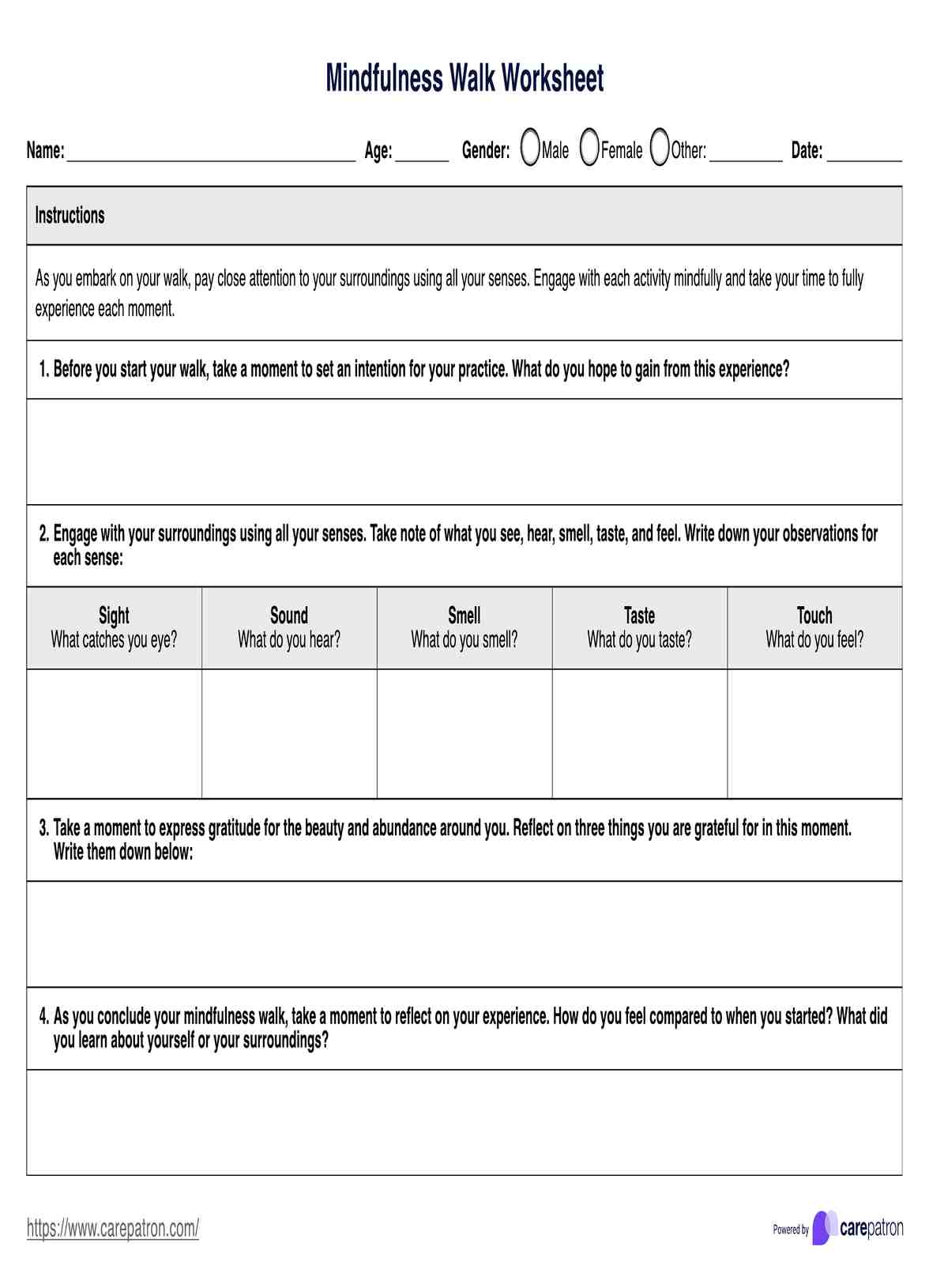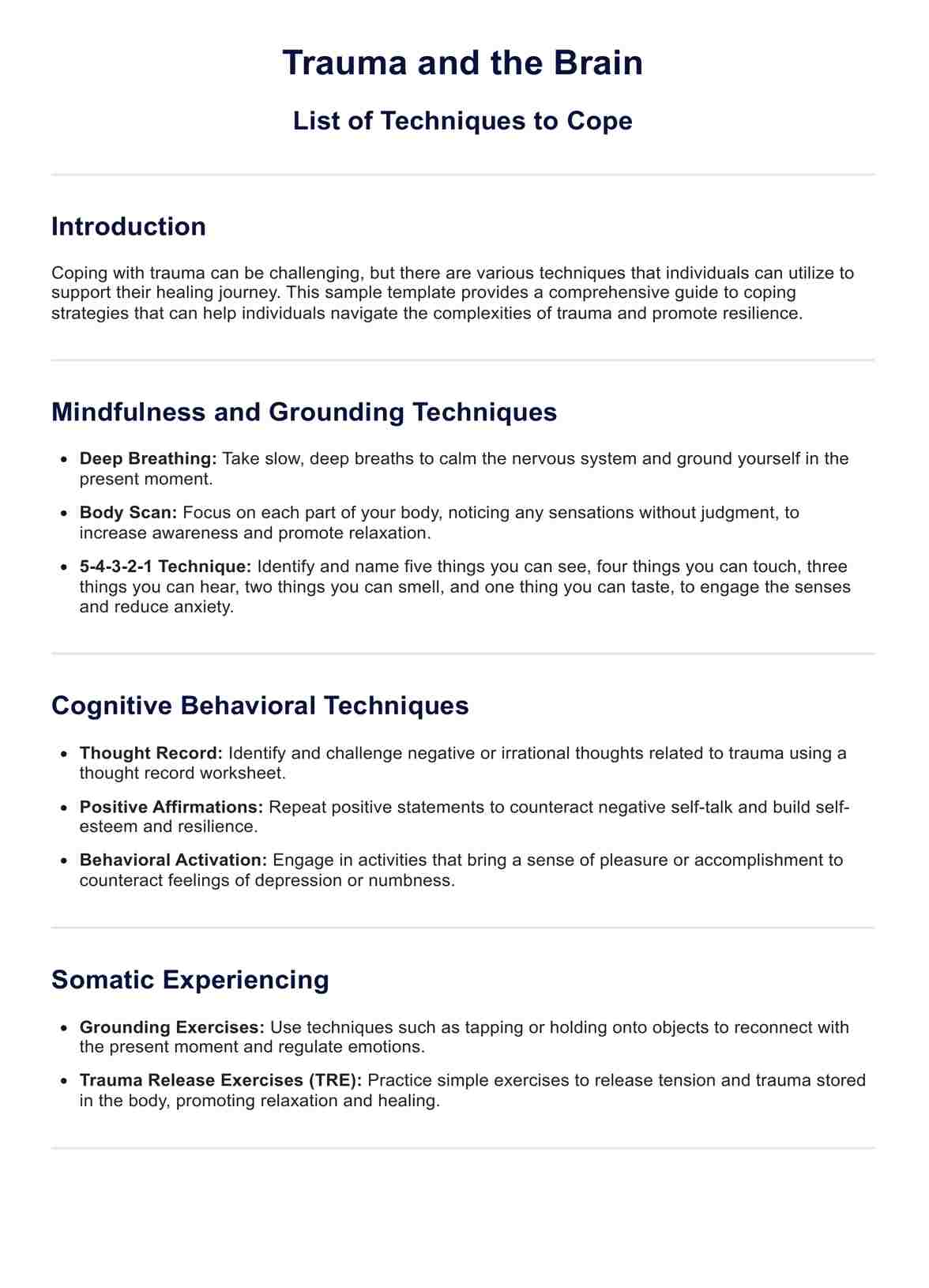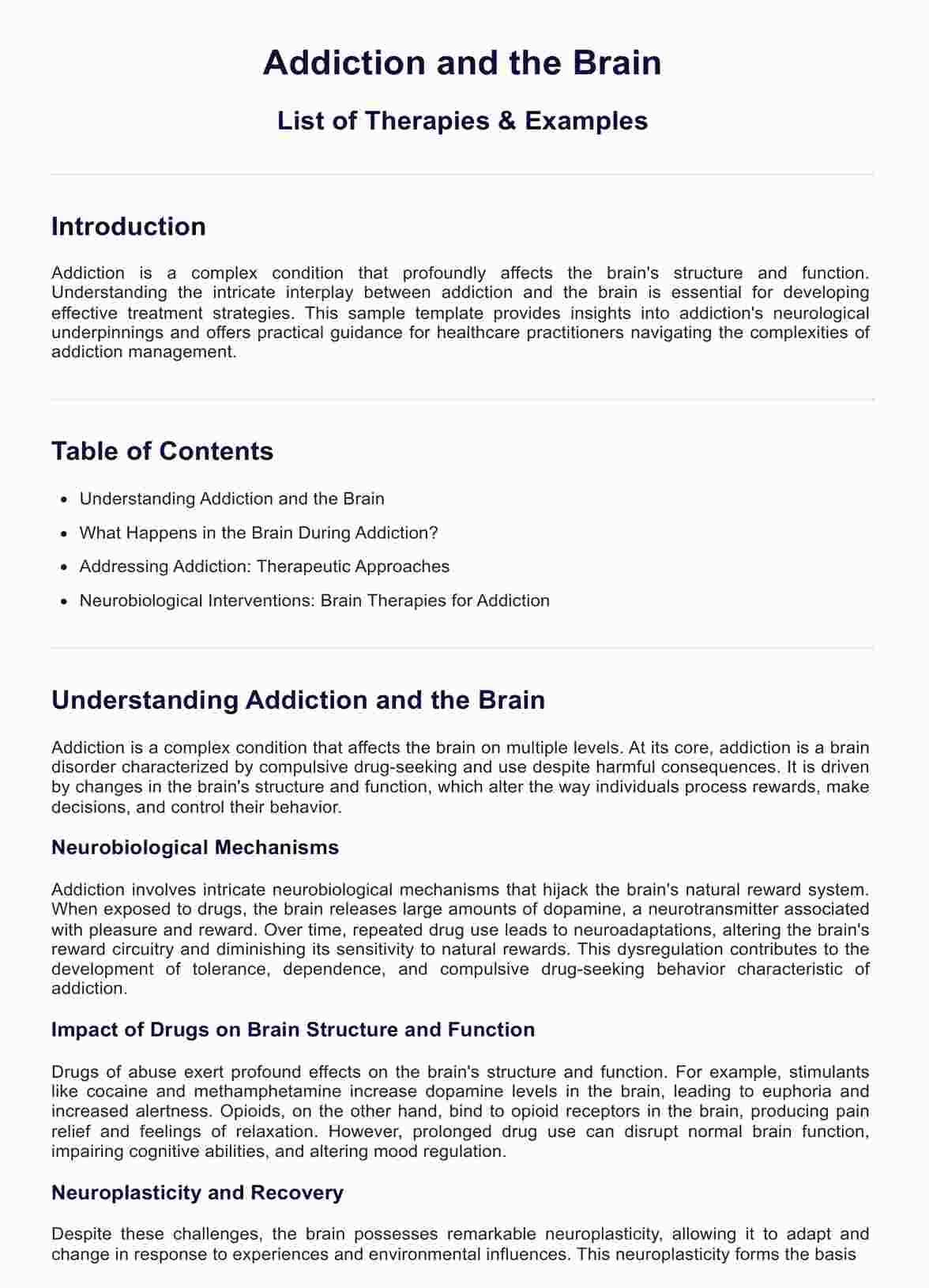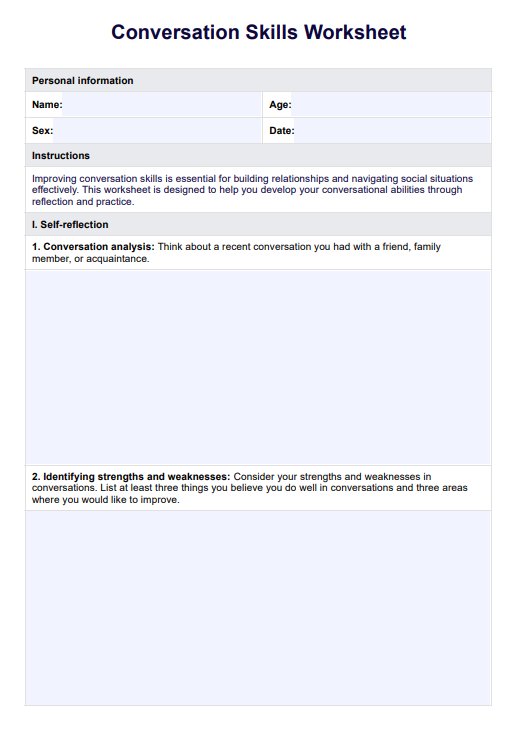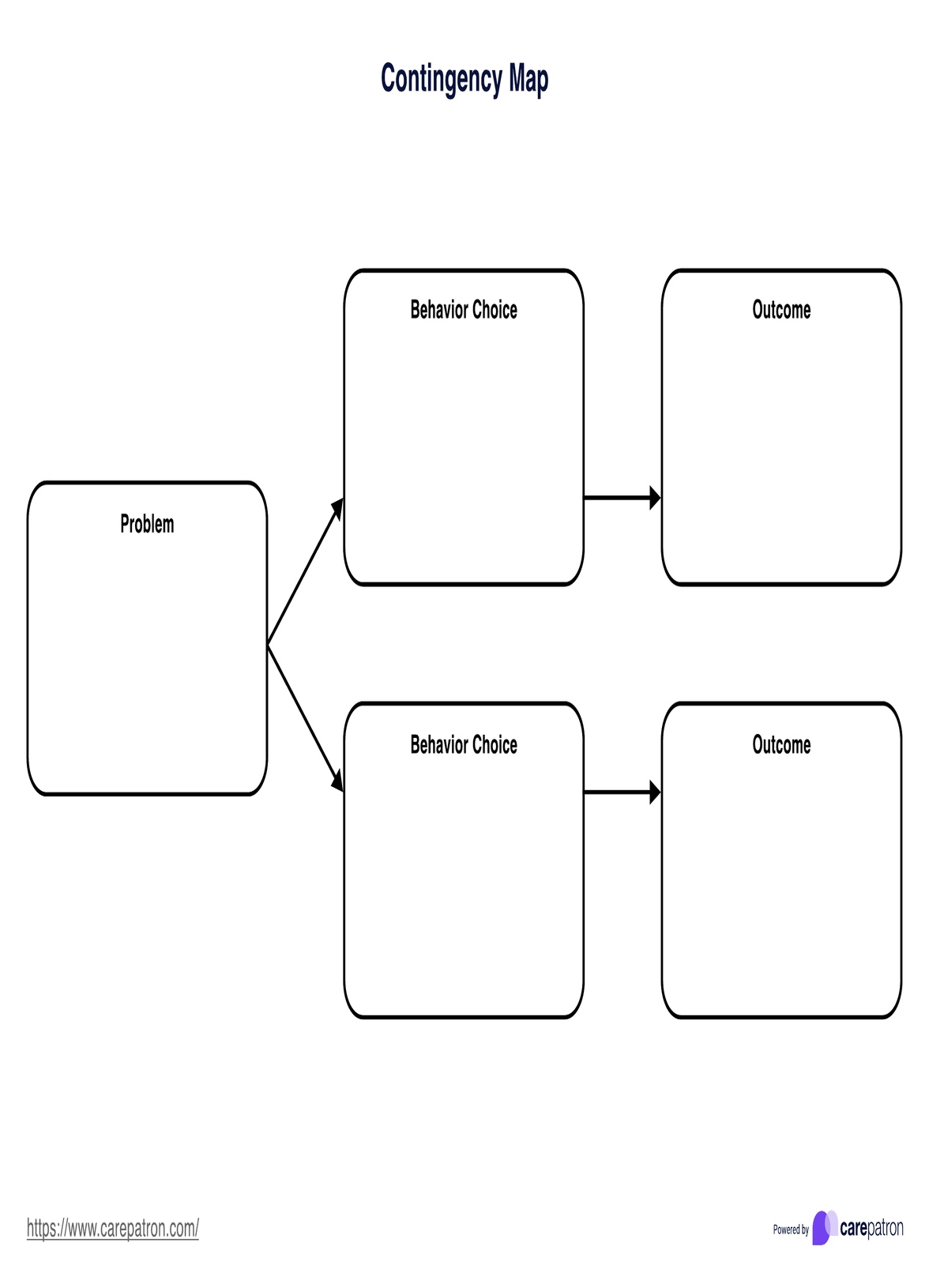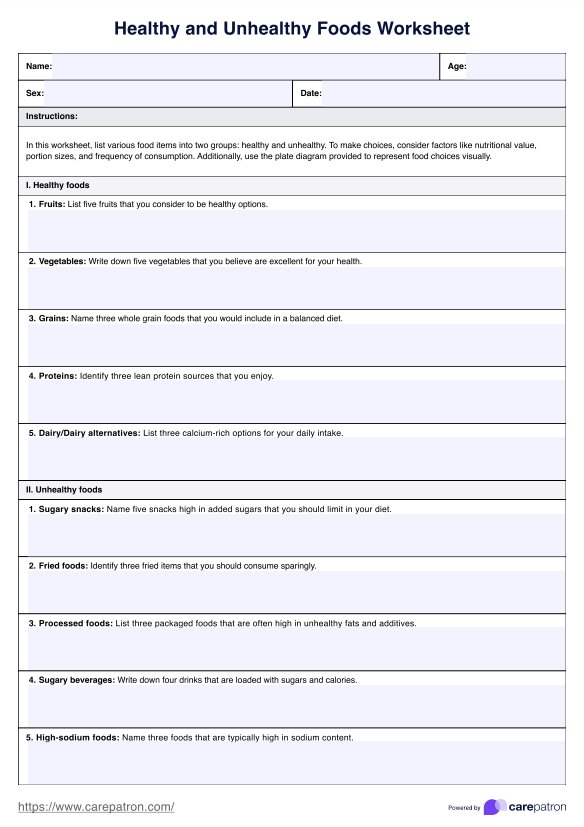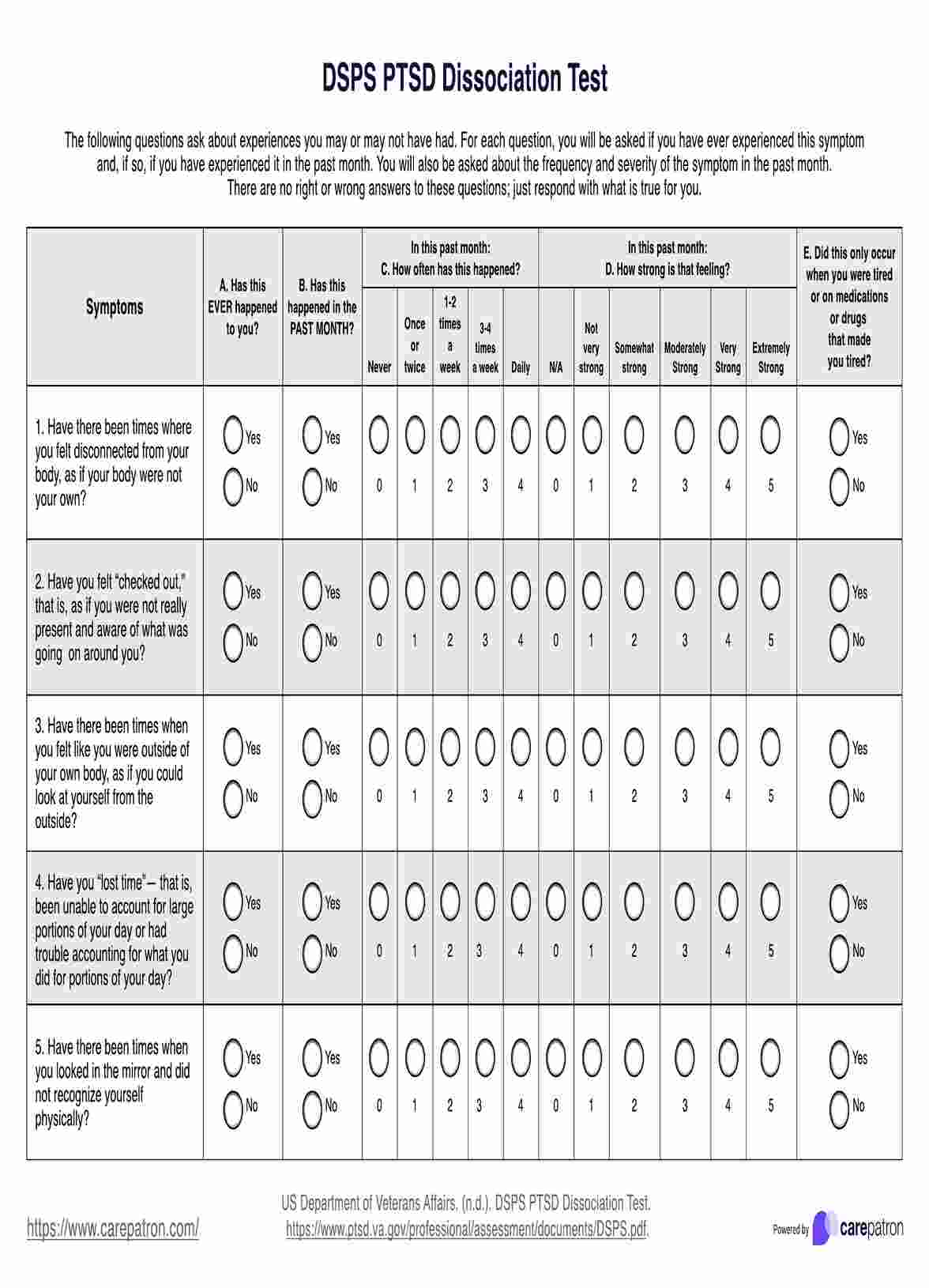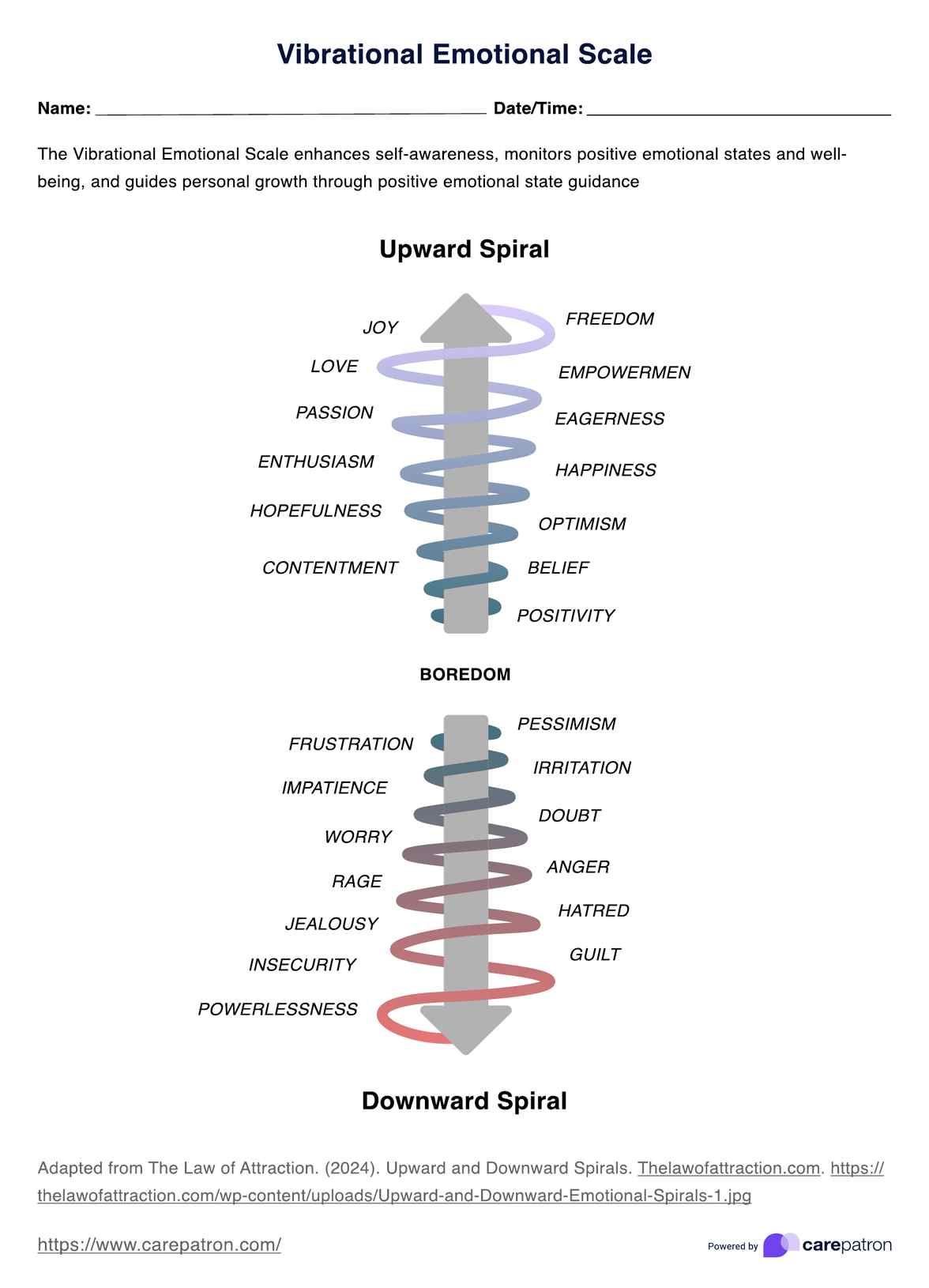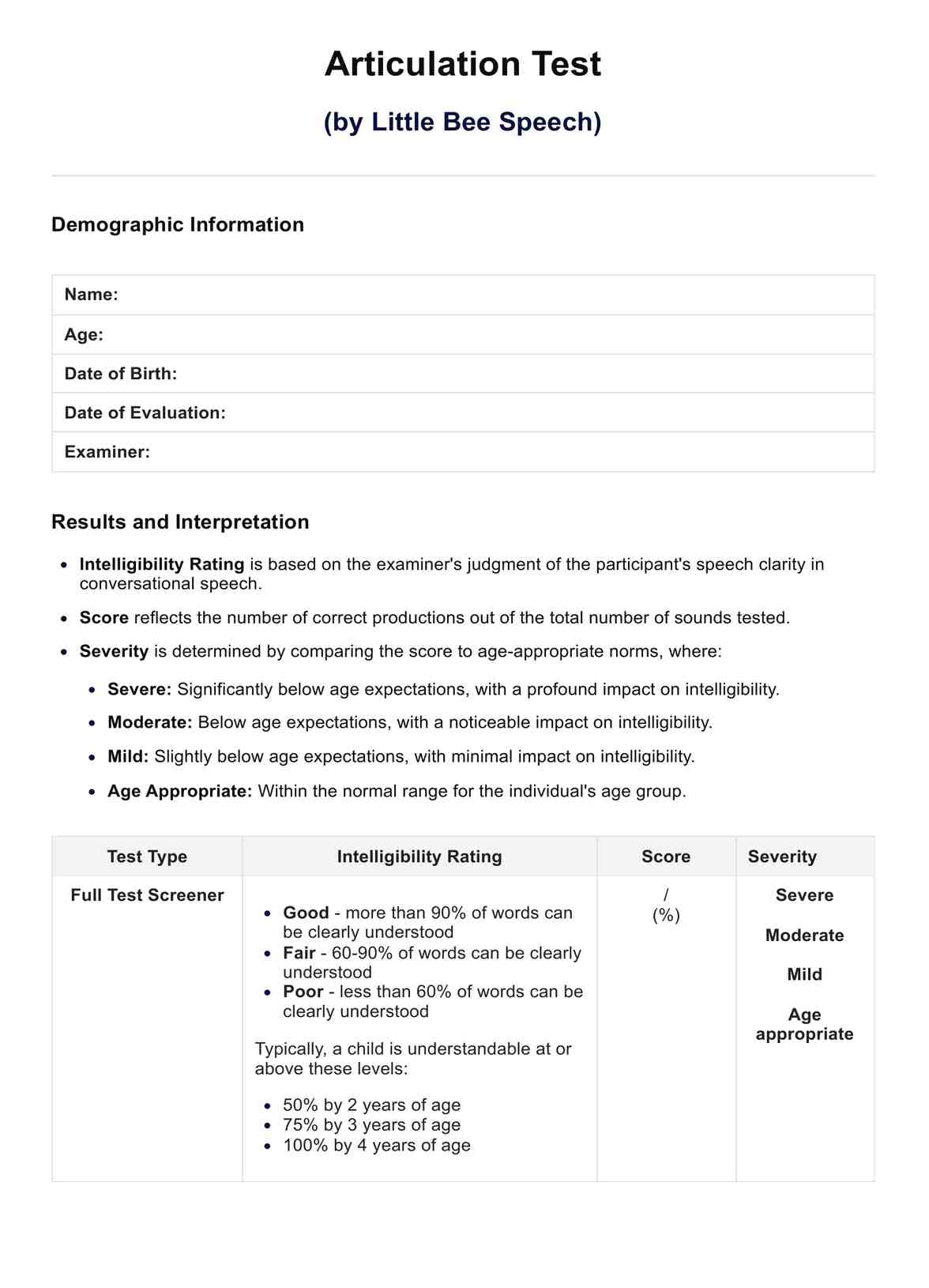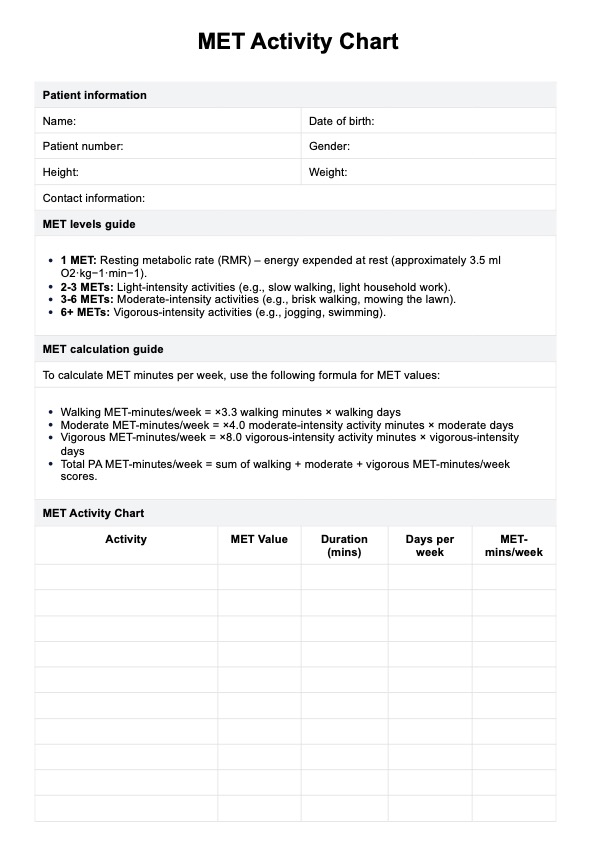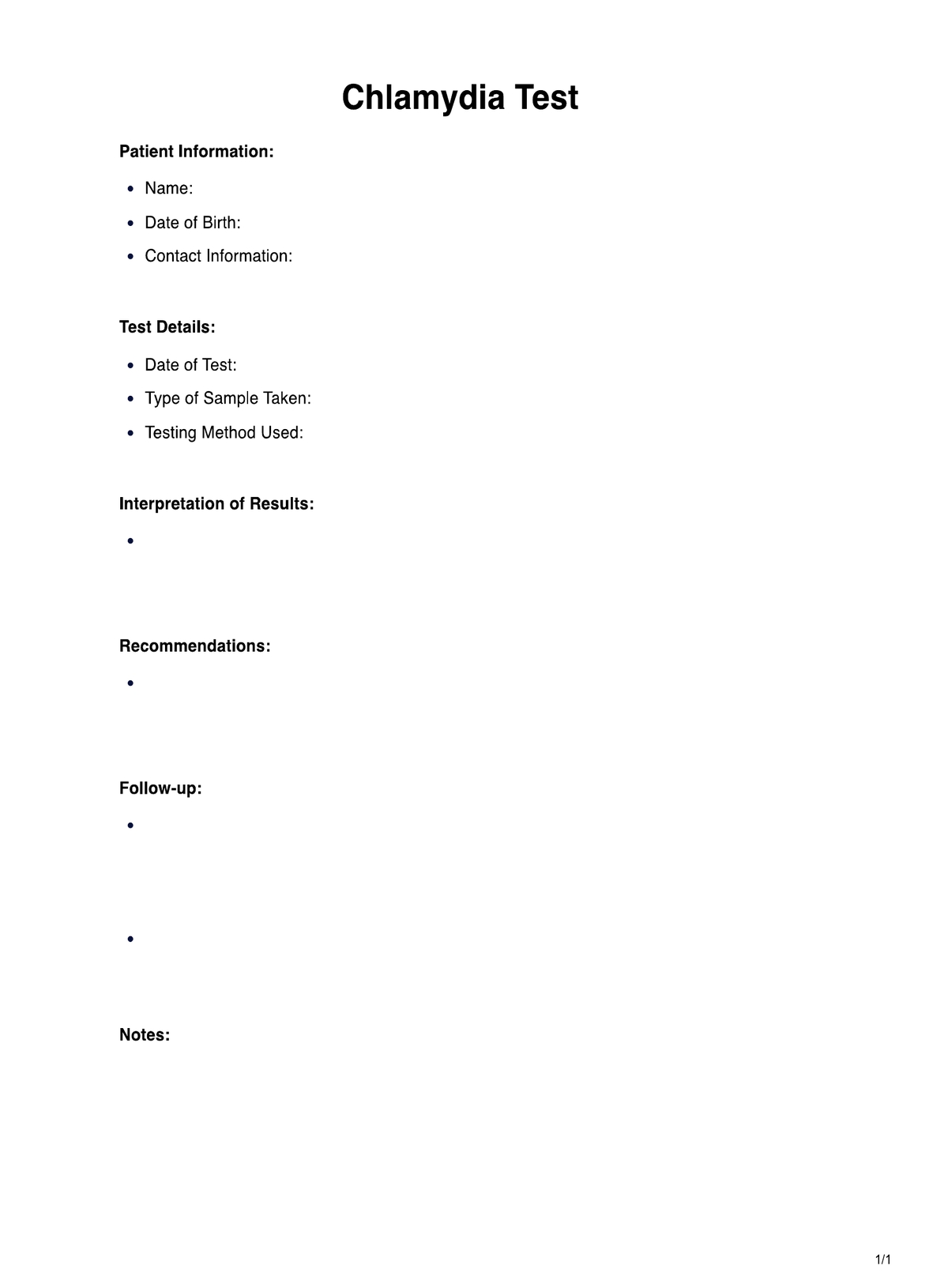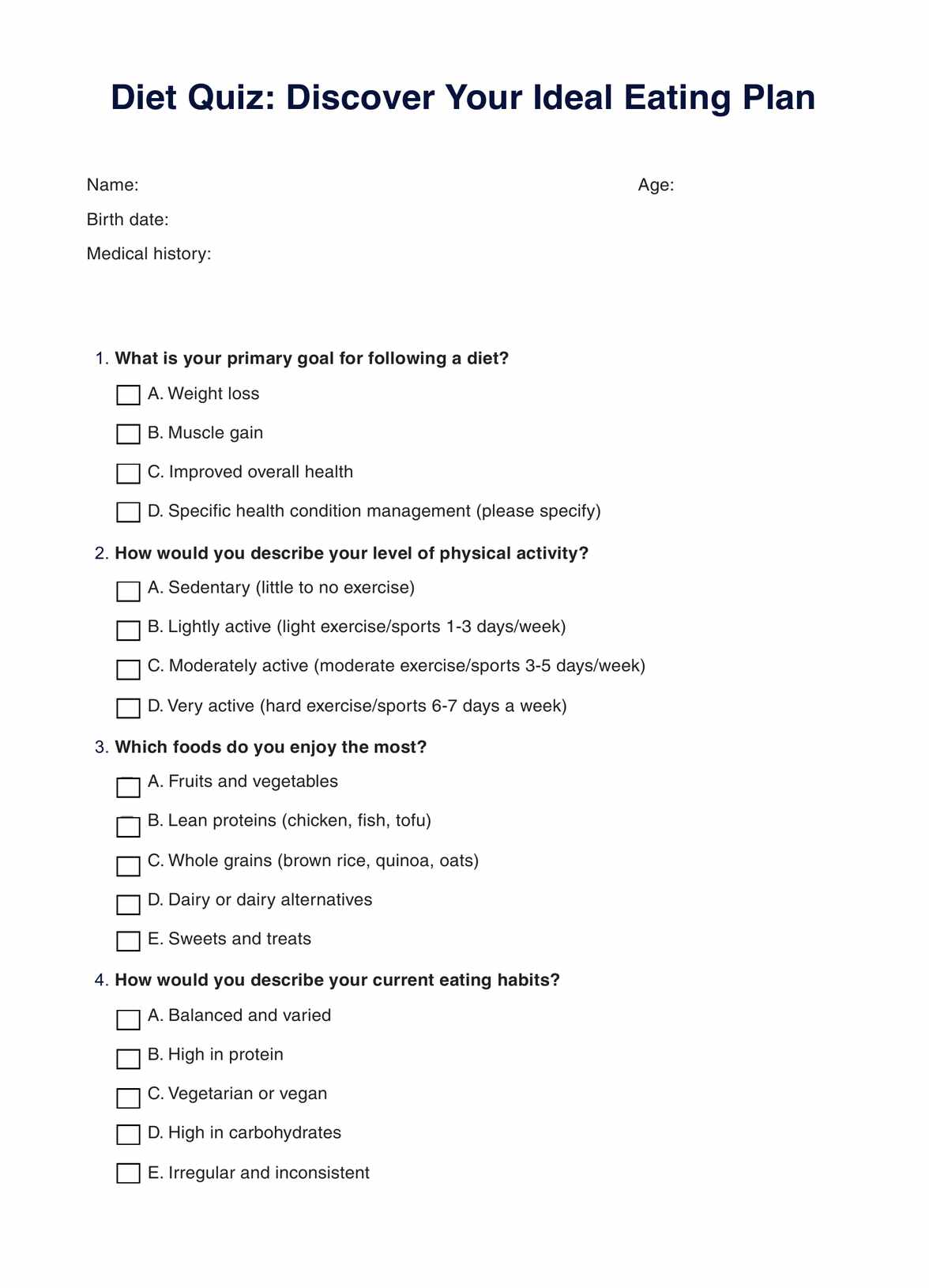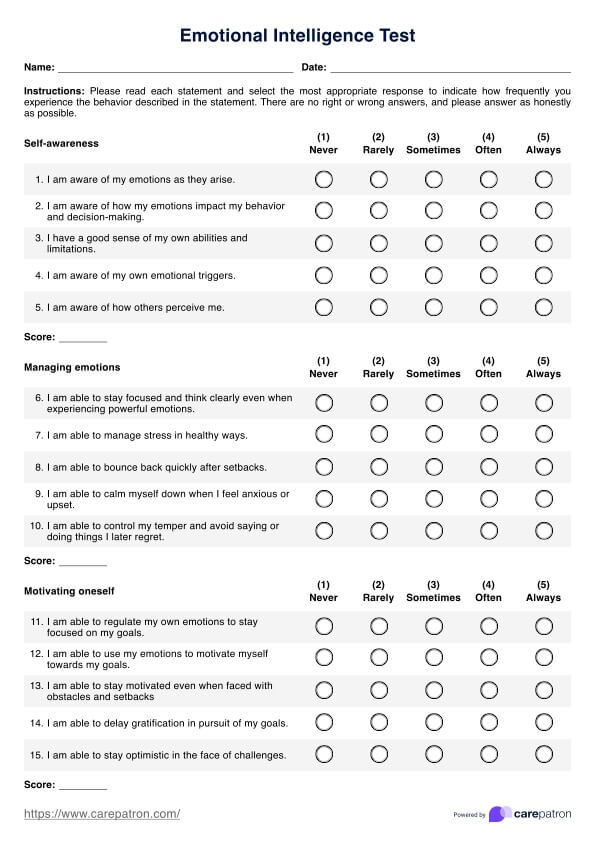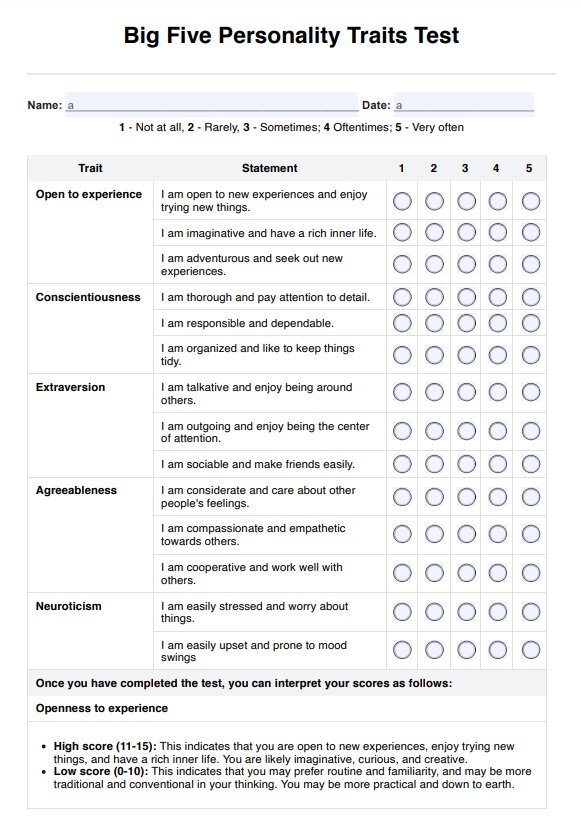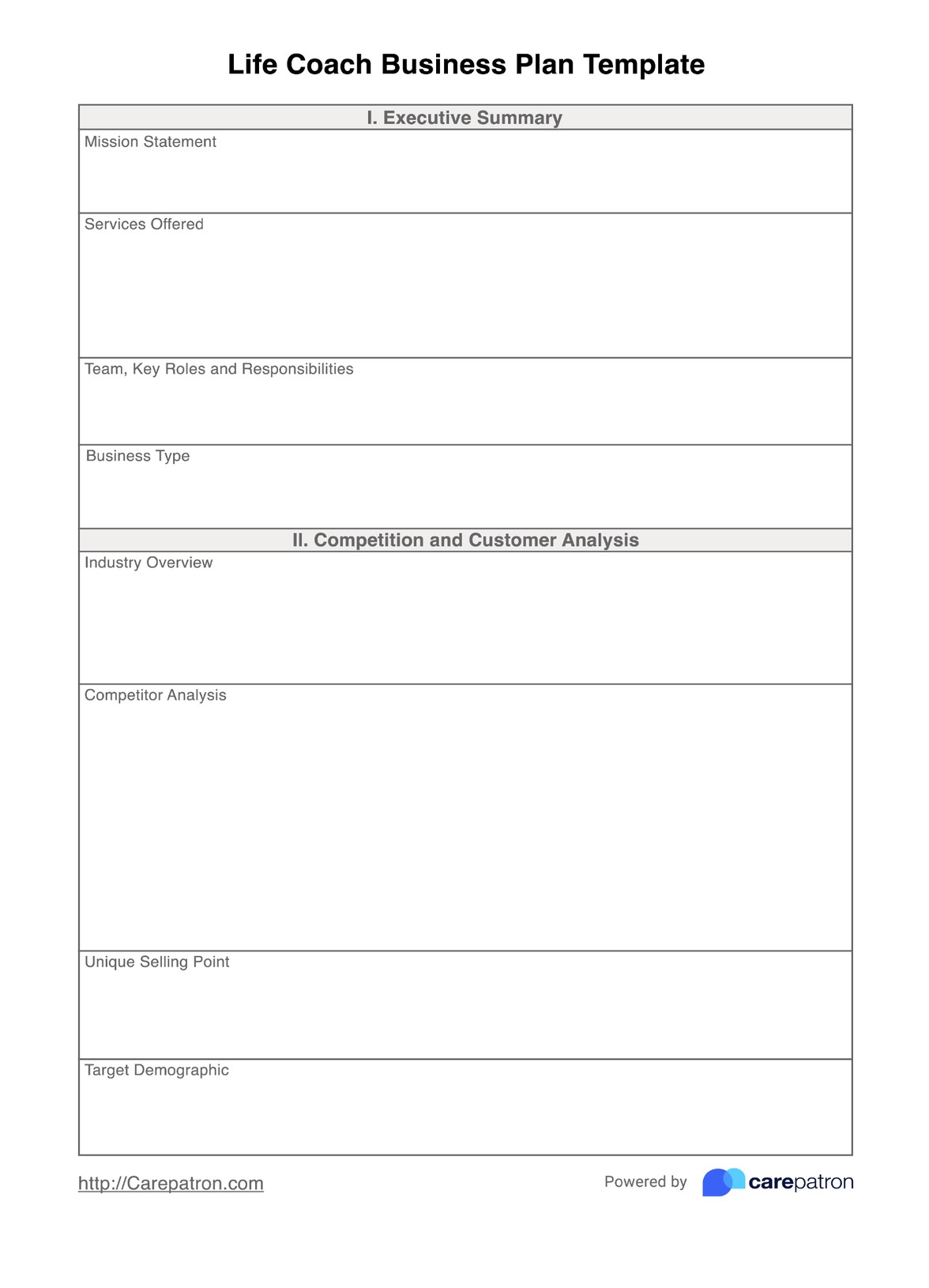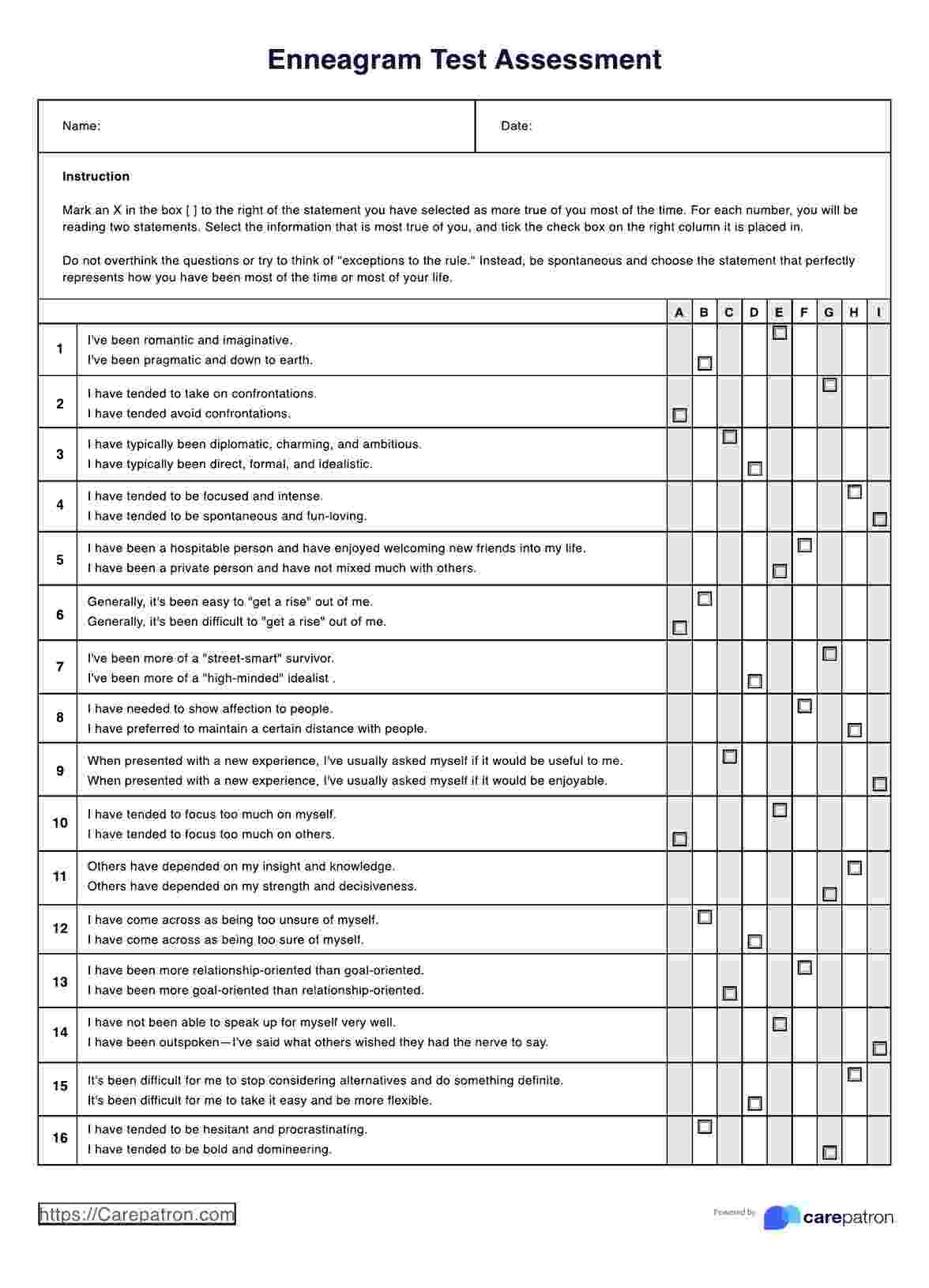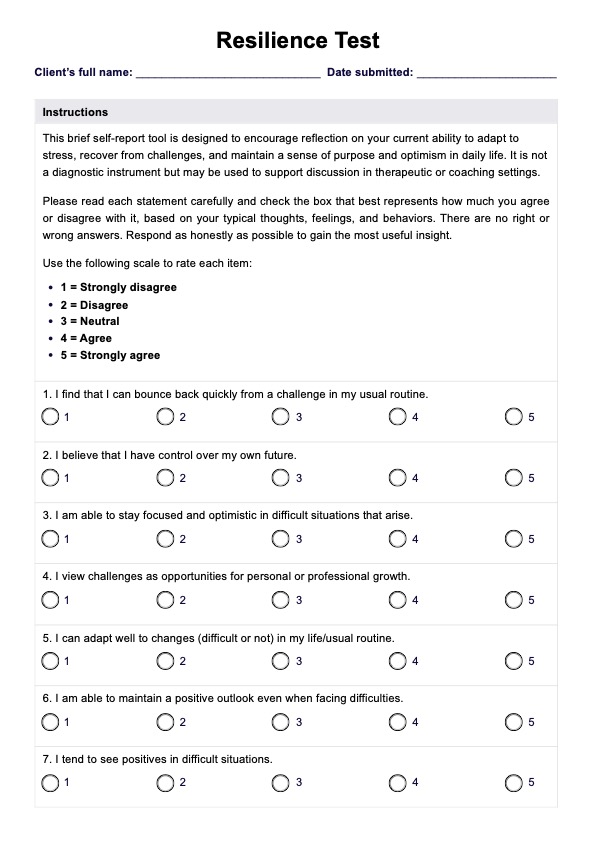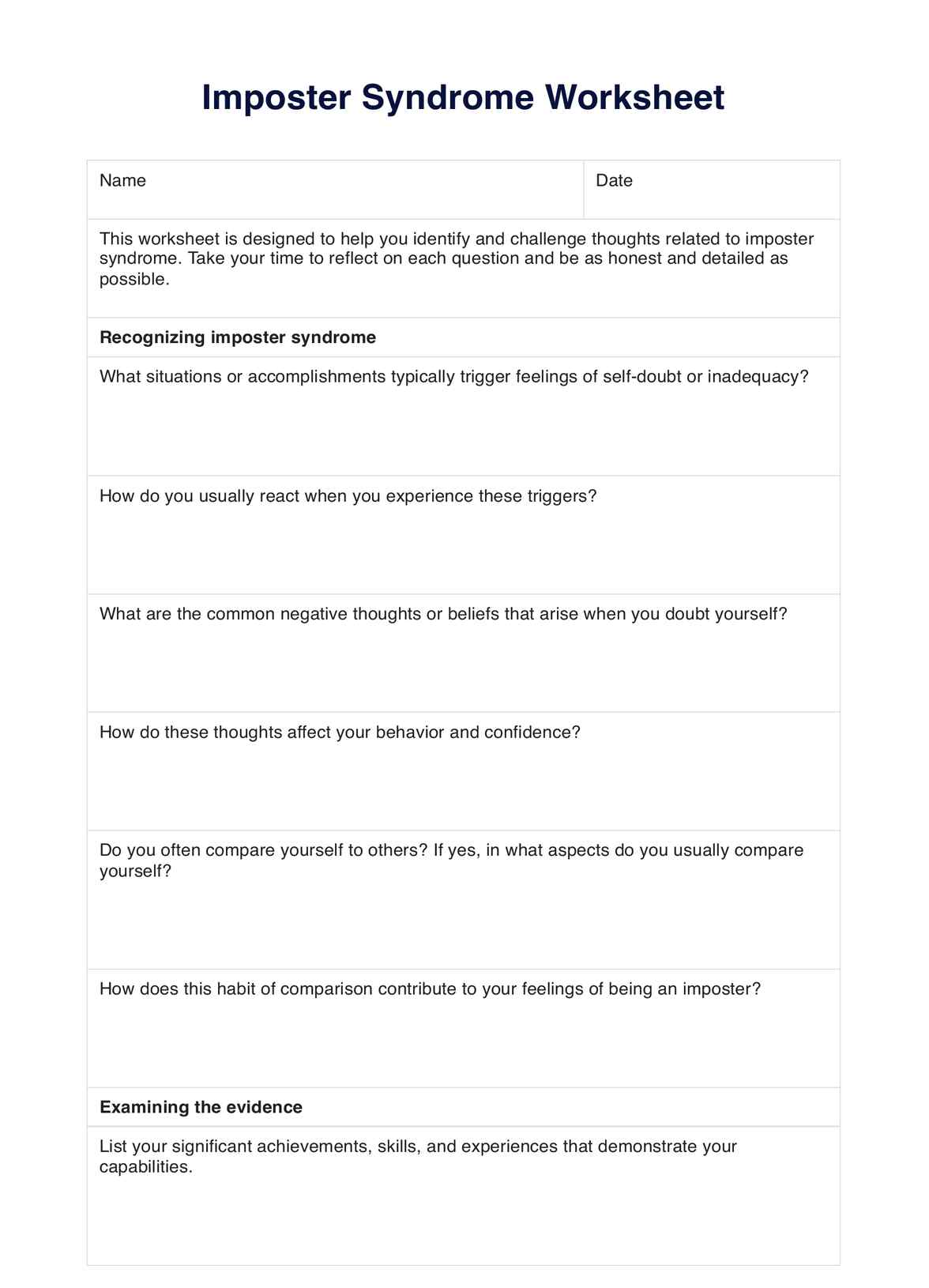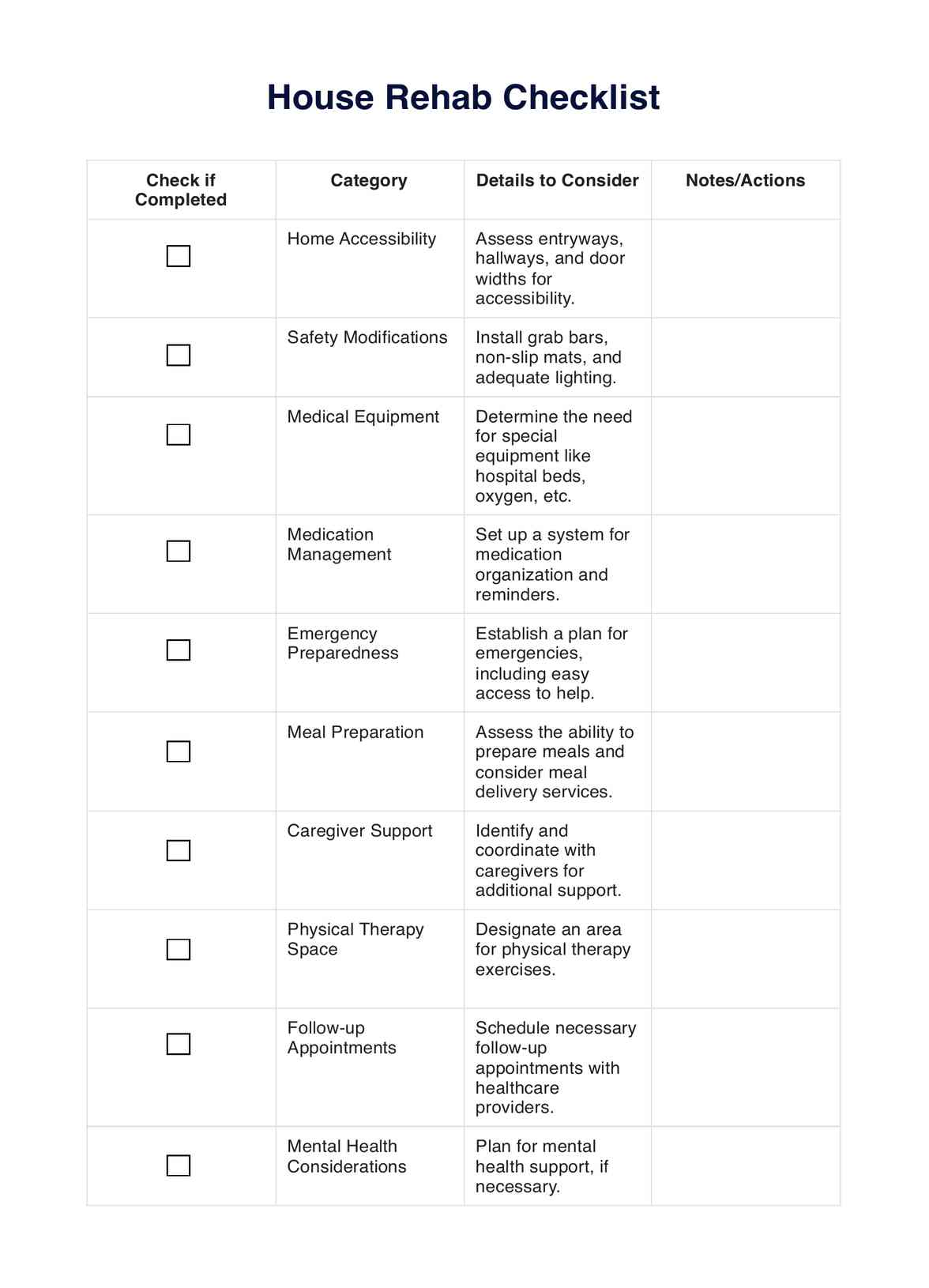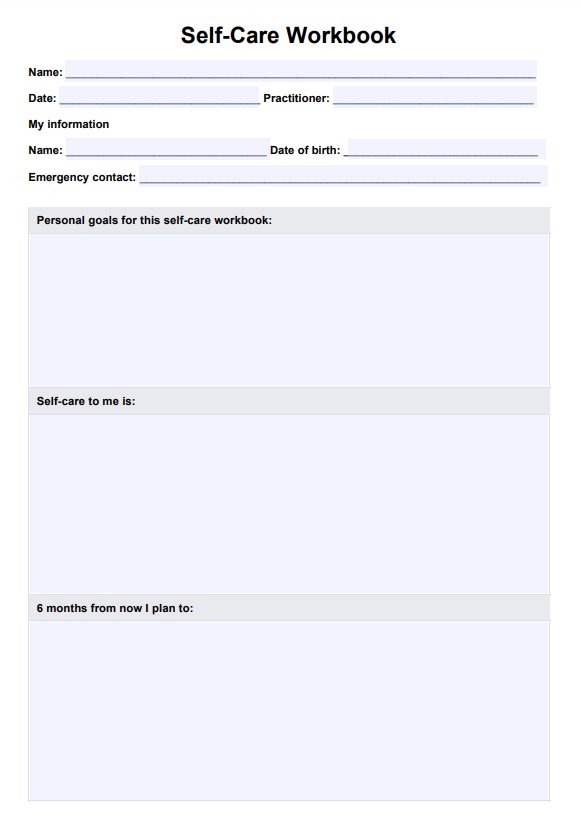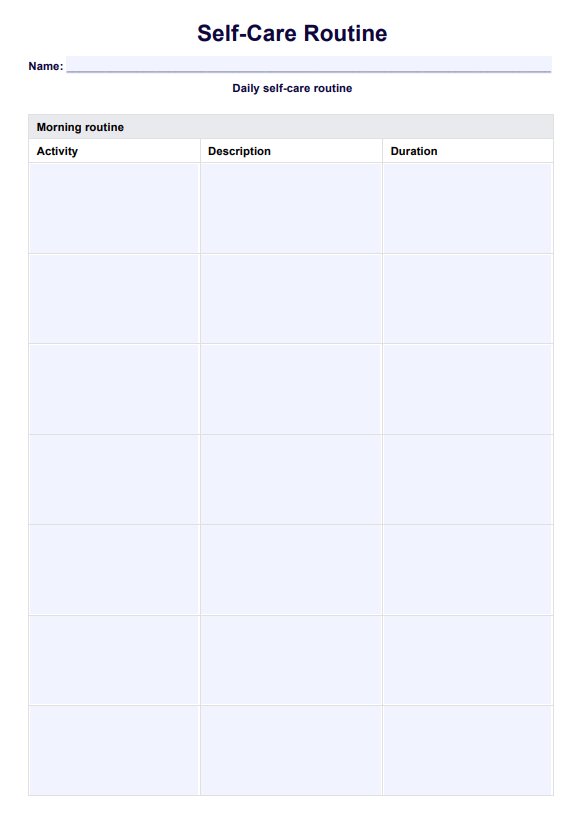Urgent Important Matrix
Boost your productivity and manage tasks efficiently with the Urgent Important Matrix. Prioritize tasks based on urgency and importance for optimal results.


What is an Urgent Important Matrix?
Individuals who lead busy lives might have trouble prioritizing what should come first on their to-do list, so they put off urgent and important tasks. They can also succumb to the mere urgency effect, a tendency to pursue urgency over importance, often influenced by the perceived task duration (Zhu et al., 2018).
This is not a rare case, as even during World War II, military people had to tackle everyday tasks and make tough decisions. This also led Dwight Eisenhower to develop a concept of prioritizing the important and urgent tasks to help him manage issues as a U.S. Army general and, eventually, as a U.S. president.
This is where the Urgent Important Matrix was derived. Also known by its other names, the Eisenhower Matrix, the Eisenhower Chart, Eisenhower Box, or the Important Urgent Matrix, it is a strategic tool for prioritizing tasks by urgency and importance. It helps individuals or teams concentrate on high-impact tasks, promoting efficient use of time and resources.
Urgent Important Matrix Template
Urgent Important Matrix Example
What are the four quadrants of the Eisenhower Matrix?
The matrix is divided into four boxes or quadrants, each representing a specific category of tasks. The matrix encourages proactive behavior, allowing users to plan and schedule tasks ahead of time, reducing the likelihood of crises and stress. By focusing on tasks in Quadrants 1 and 2, individuals can ensure they are working towards their goals effectively and efficiently.
Let's take a look into these four categories:
Quadrant 1: Important and urgent (do)
These critical tasks need immediate attention. They are not only time sensitive but also important tasks because they contribute extensively to personal or professional objectives.
Quadrant 2: Important but not urgent (schedule)
This quadrant contains important but not really time-sensitive tasks. This quadrant may include maintenance projects, which are regular tasks contributing to long-term goals and effectiveness. They contribute to long-term goals and objectives and are typically related to planning, development, capacity enhancement, and relationship building.
Quadrant 3: Not important but urgent (delegate)
Tasks in this category may appear to require immediate attention but, upon closer inspection, contribute little to achieving overall goals or objectives. It's like a mere urgency trap, as these interruptions or distractions take up time but yield little value. Effective management of these tasks often involves delegating tasks to others. Doing so lets an individual focus on more important activities that align with primary goals and responsibilities.
Quadrant 4: Not important and not urgent (delete)
These unnecessary tasks offer minimal value and often can be eliminated or delegated. These activities are usually associated with leisure or recreational activities or could even include inefficient procedures and practices.
How does this matrix work?
This Eisenhower Matrix or Urgent Important Matrix is particularly advantageous for life coaches. It aids them in guiding their clients to manage their time more efficiently, focus on goal-oriented activities, and reduce time spent on less productive tasks. Here's a breakdown of how to use the matrix:
Step 1: Download the template
To start, download the template using the link on this page. You can save it to your device or print it as you prefer.
Step 2: List down and categorize tasks
List down all the tasks you need to complete. These could be daily tasks, weekly tasks, or even long-term objectives. Categorize them into the four quadrants of the matrix.
Step 4: Prioritize tasks
After categorizing the tasks, prioritize them. We've provided a notes section where you can jot down what you need to do. Aim to complete tasks in Quadrant 1 first, followed by tasks in Quadrant 2. Try to delegate or limit time spent on tasks in Quadrant 3 and eliminate tasks in Quadrant 4 where possible.
Step 5: Develop an action plan
We've added an action plan section for you to write down your plans based on the prioritized tasks. This helps focus on what needs to be done and leads to effective time management.
Step 5: Review and refine
Review and refine the matrix regularly. Some tasks may move between quadrants as tasks are completed or circumstances change. This will help your clients when it comes to personal time management.
When would you use this template?
The Urgent Important Matrix is an incredibly versatile tool anyone can use, from students to professionals, entrepreneurs to homemakers. It's particularly effective when numerous tasks are competing for attention, and time is of the essence.
- Project management: Project managers often juggle multiple tasks with varying urgency and importance. The matrix can help prioritize these tasks, streamline workflows, and meet critical deadlines.
- Business planning: Entrepreneurs can use the matrix to identify strategic initiatives that are important but not urgent. It aids in focusing on activities that contribute to long-term growth and sustainability rather than getting caught up in day-to-day urgencies.
- Academic planning: Students can use the matrix to balance their study schedules, assignments, extracurricular activities, and leisure time. It helps them focus on what's essential for their academic progress while making time for rest and recreation.
- Personal productivity: The matrix can be a game-changer for individuals striving to enhance their productivity. It can help identify tasks that consume time without adding value, leaving more time for essential and fulfilling activities.
- Time management training: Trainers and coaches can use the Urgent Important Matrix as a teaching tool. It helps clients visualize how their time is being spent and how they can better manage it to achieve their goals.
- Daily task prioritization: The matrix can manage daily chores, errands, and tasks on a day-to-day level. It ensures that you attend to essential matters first and helps prevent the stress of last-minute rushes.
In essence, the Urgent Important Matrix is appropriate whenever tasks need to be prioritized based on their importance and urgency. It helps bring clarity to chaos, reduces stress, and enhances productivity by ensuring time and effort are invested in tasks that truly matter.
Reference
Zhu, M., Yang, Y., & Hsee, C. K. (2018). The mere urgency effect. Journal of Consumer Research, 45(3). https://doi.org/10.1093/jcr/ucy008
Commonly asked questions
Many individuals and professionals use The Urgent Important Matrix, including students, project managers, entrepreneurs, business executives, coaches, trainers, and anyone looking to improve their time management and task prioritization skills.
The Urgent Important Matrix is used when there's a need to prioritize tasks based on their urgency and importance. It can be used for project management, academic planning, strategic business initiatives, personal productivity enhancement, and daily task management.
To use the Urgent Important Matrix, categorize tasks into four quadrants: urgent and important (do immediately), important but not urgent (schedule for later), urgent but not important (delegate), and neither urgent nor important (consider dropping). This aids in task prioritization and delegation.


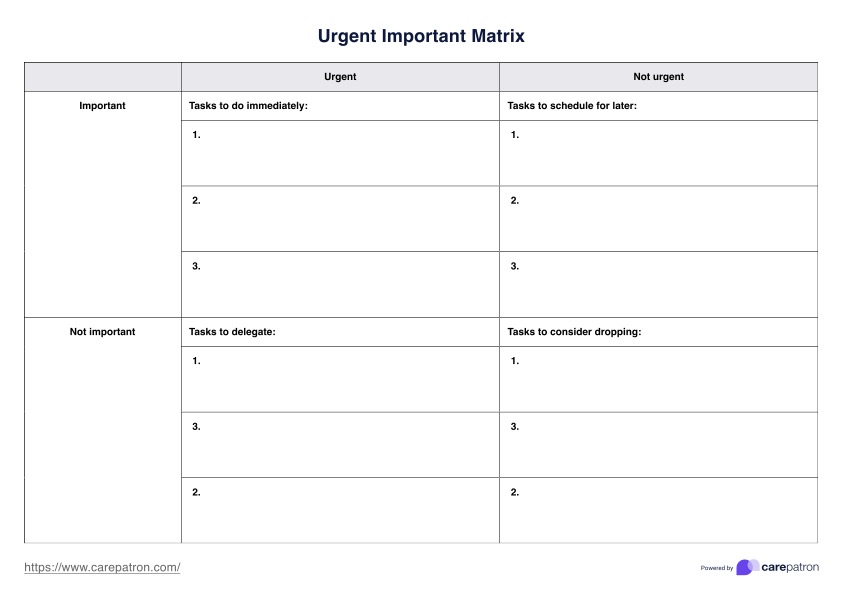
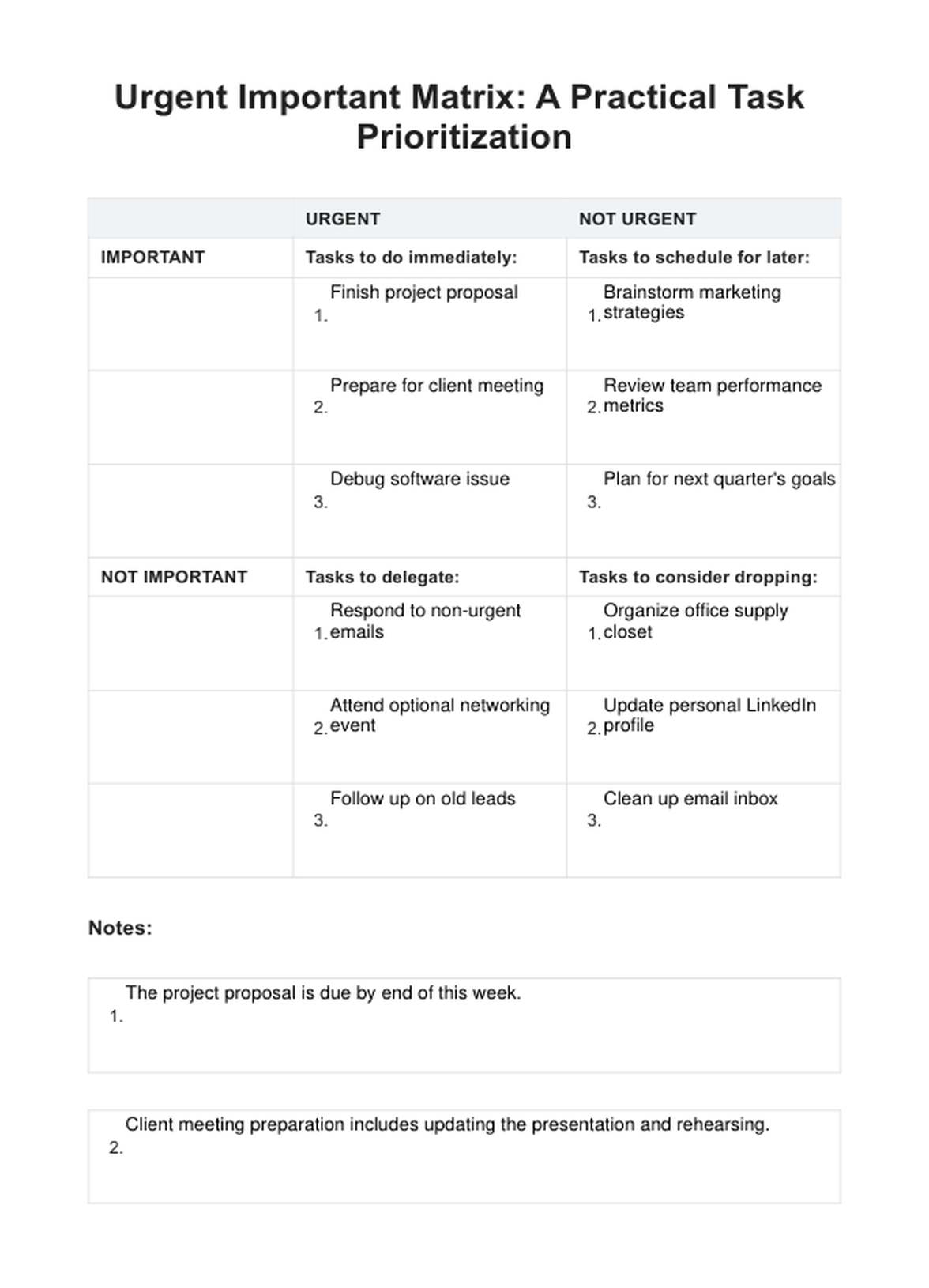

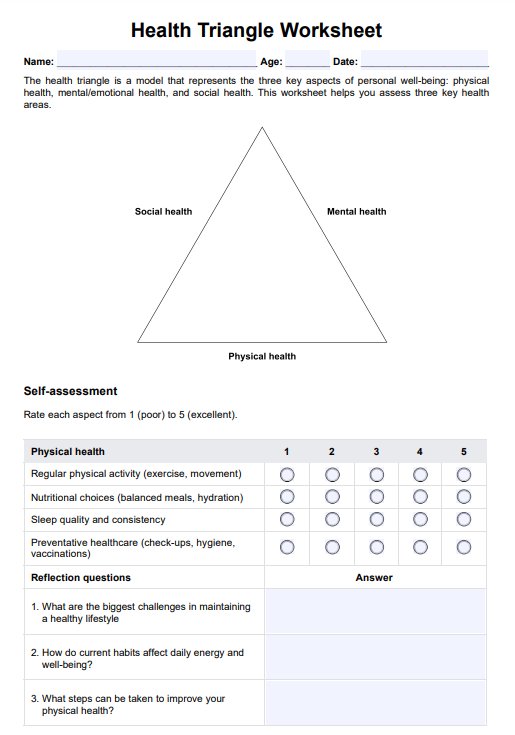
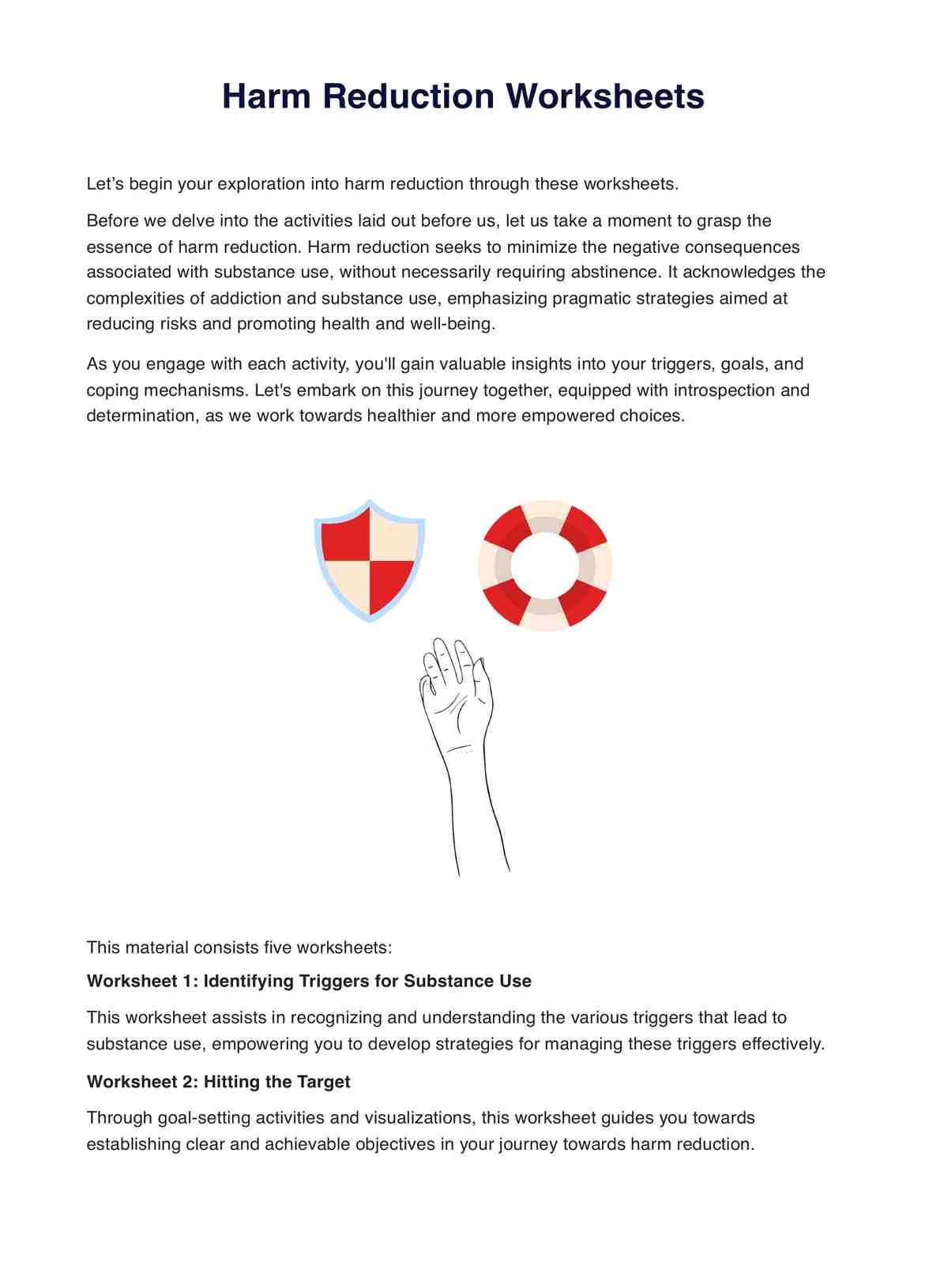
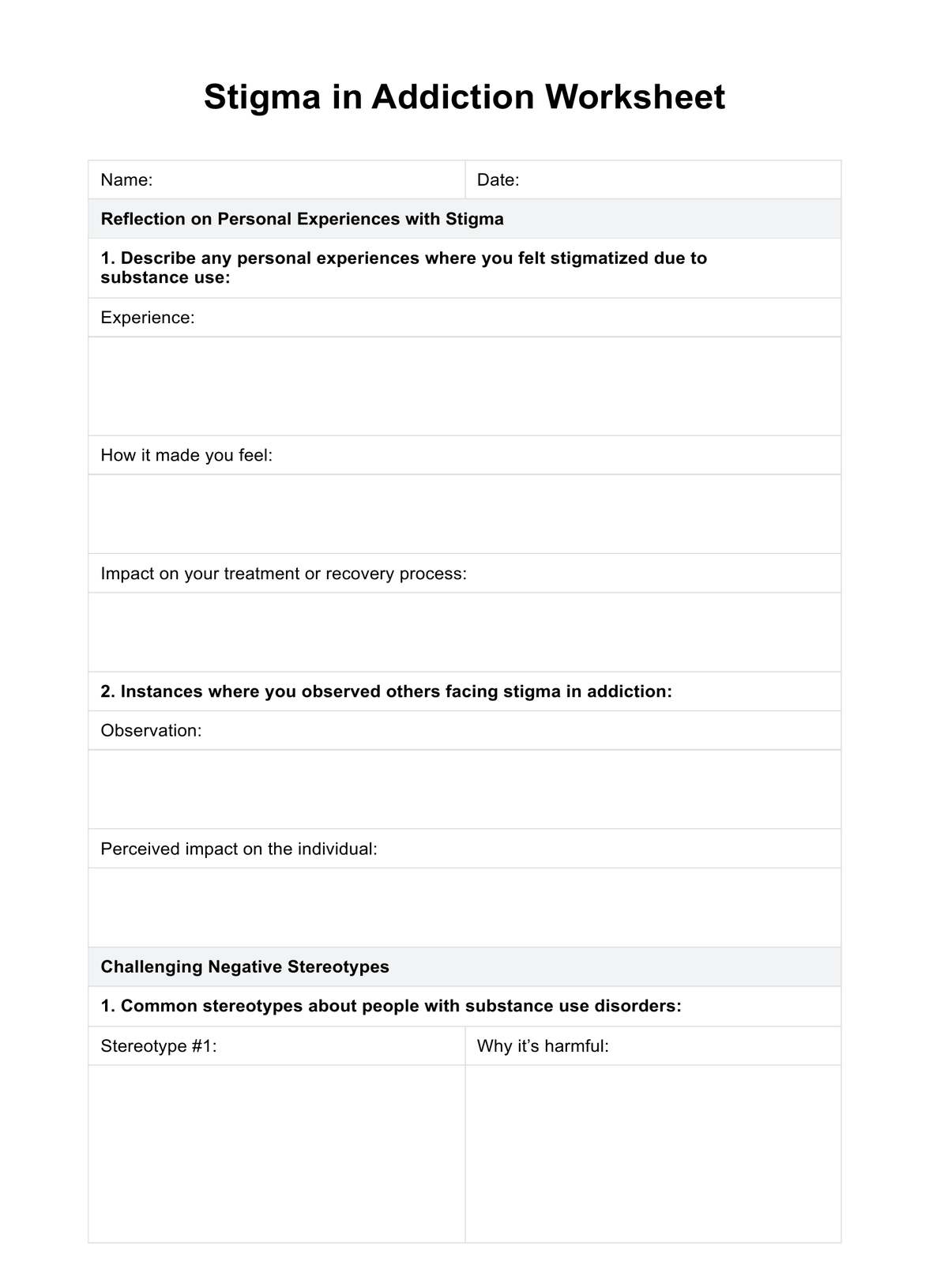








-template.jpg)
























